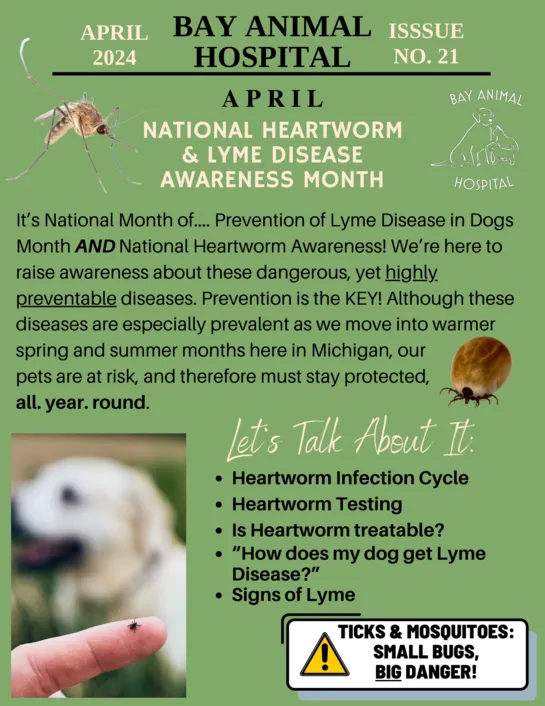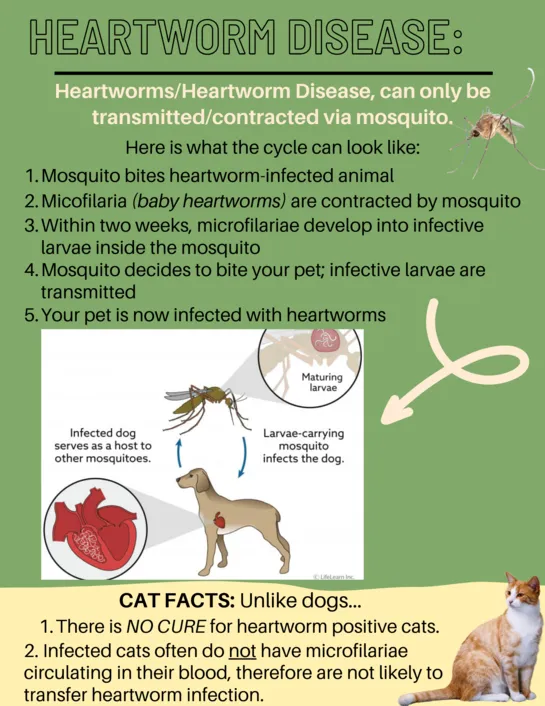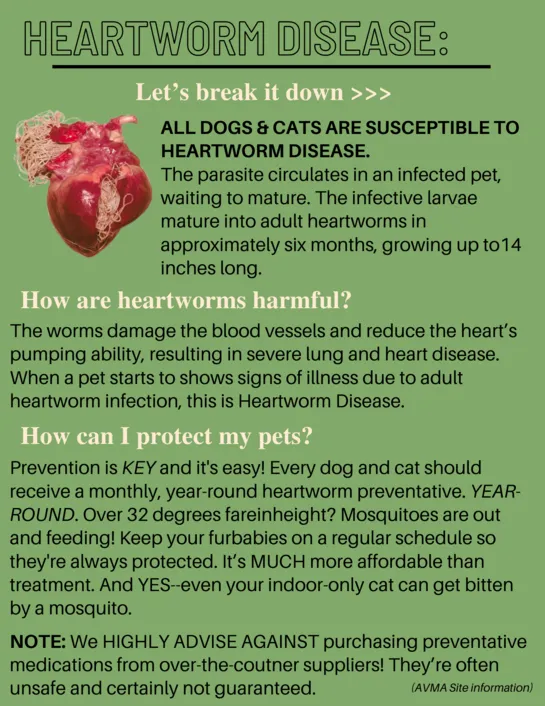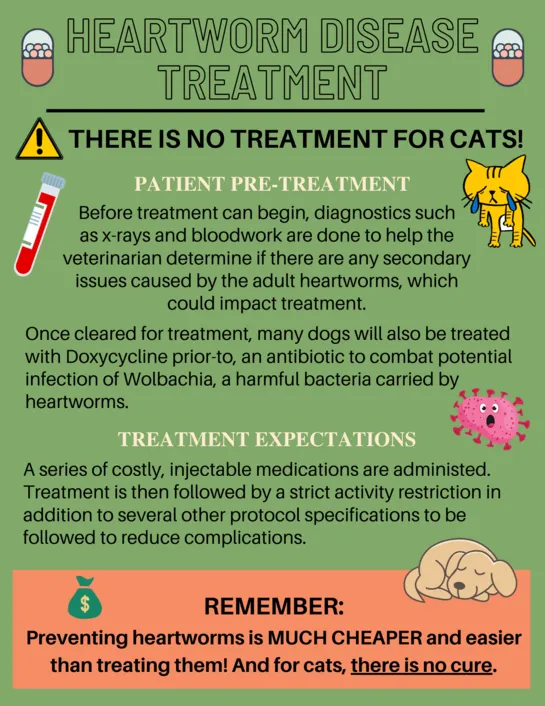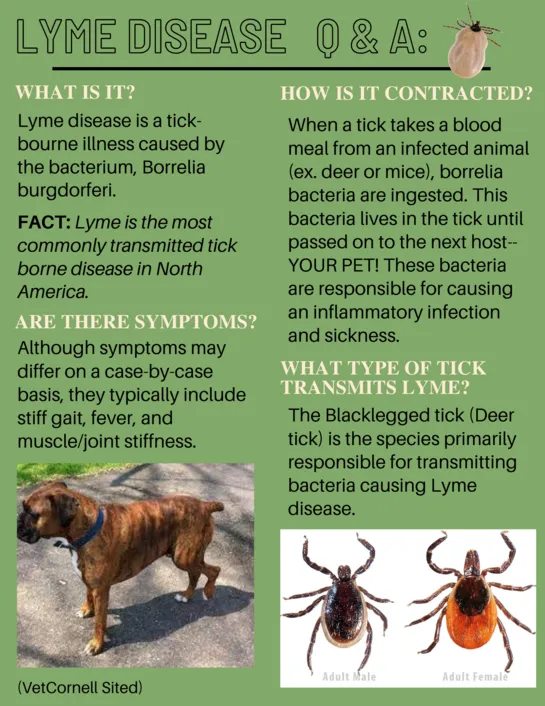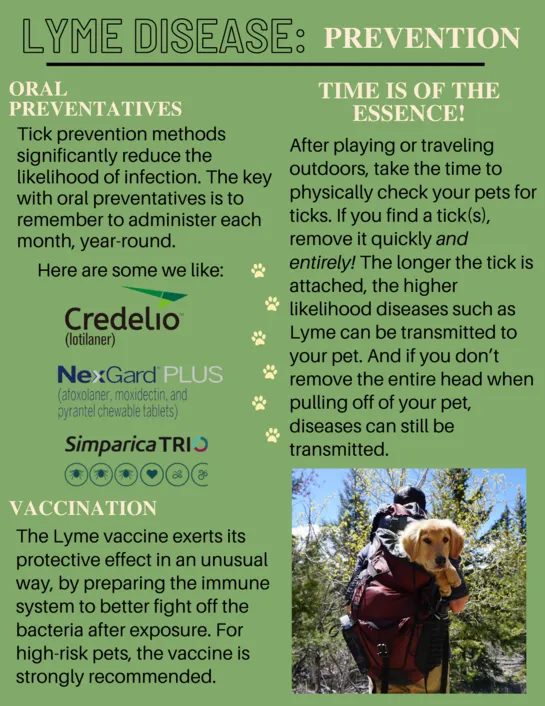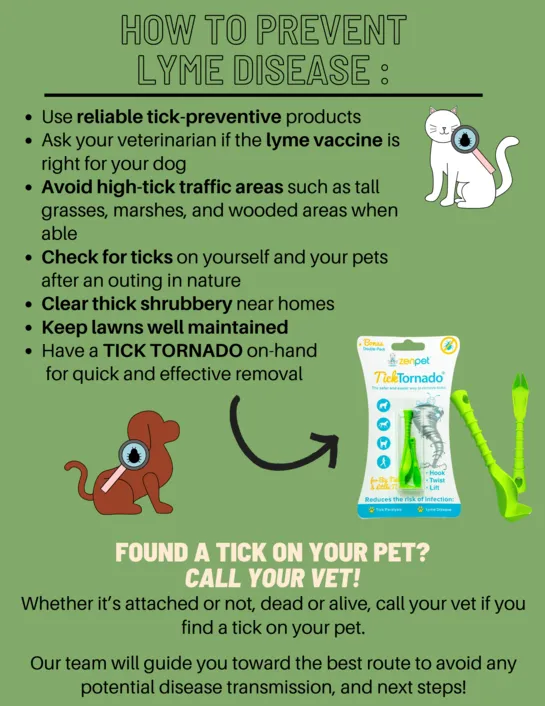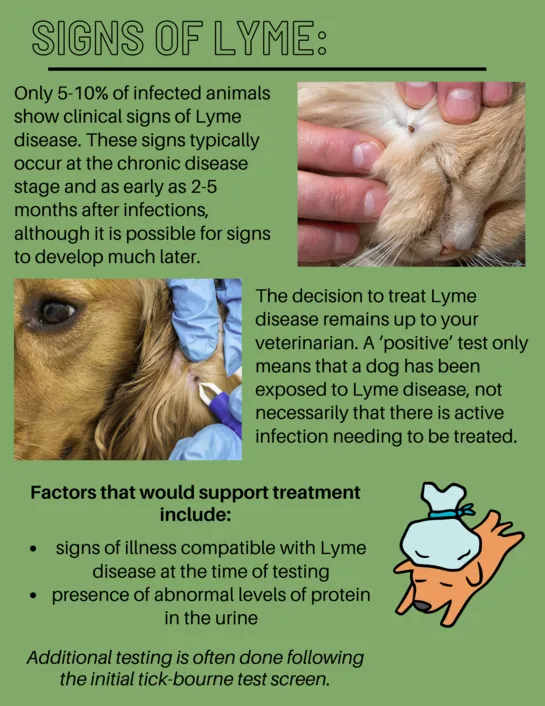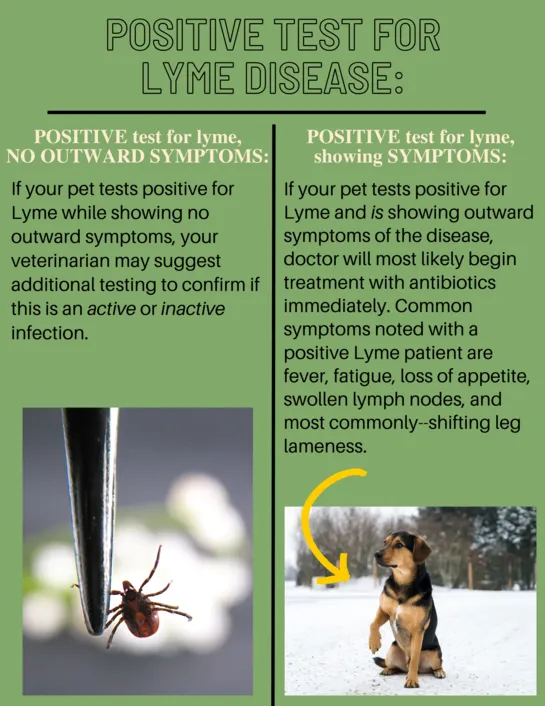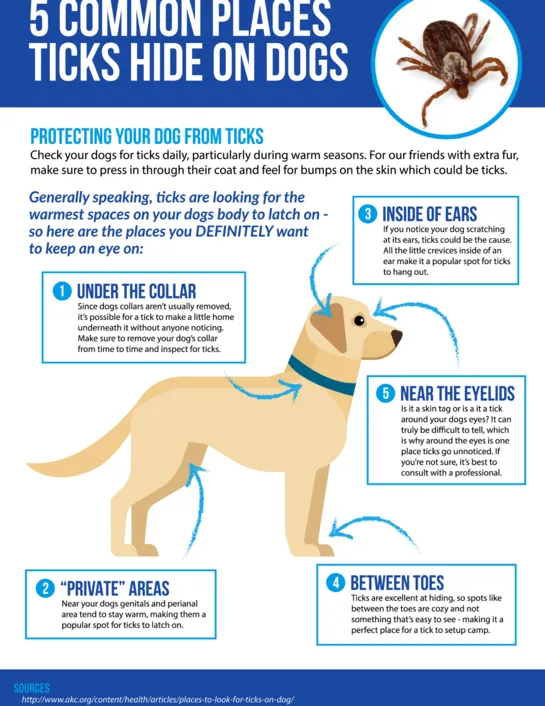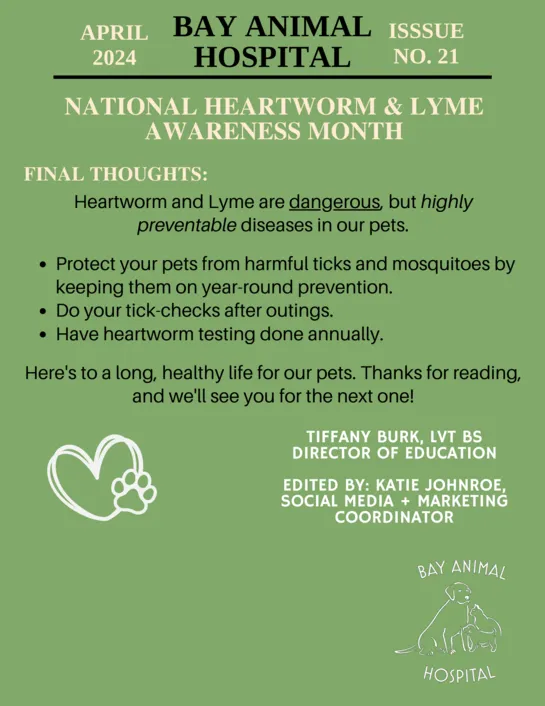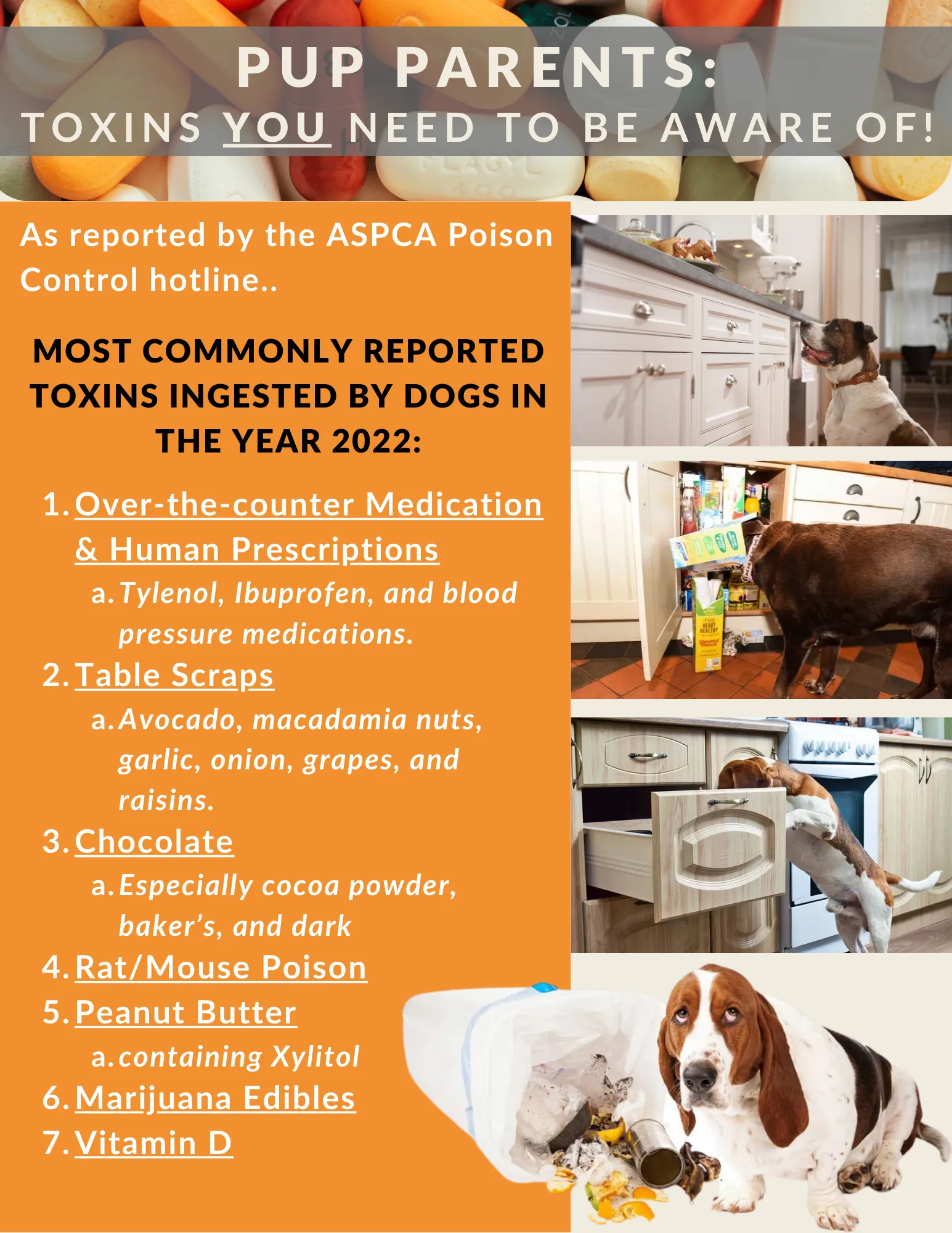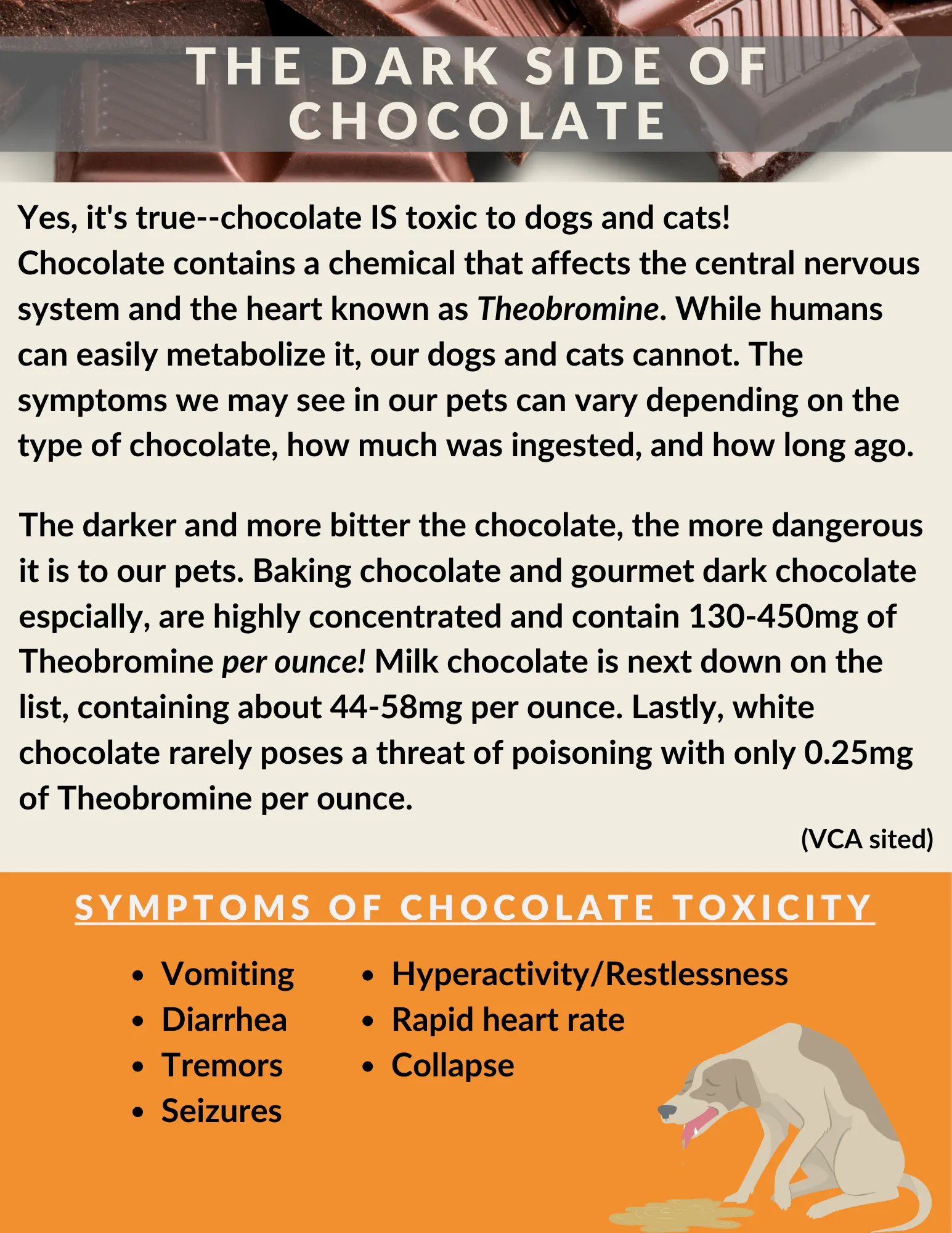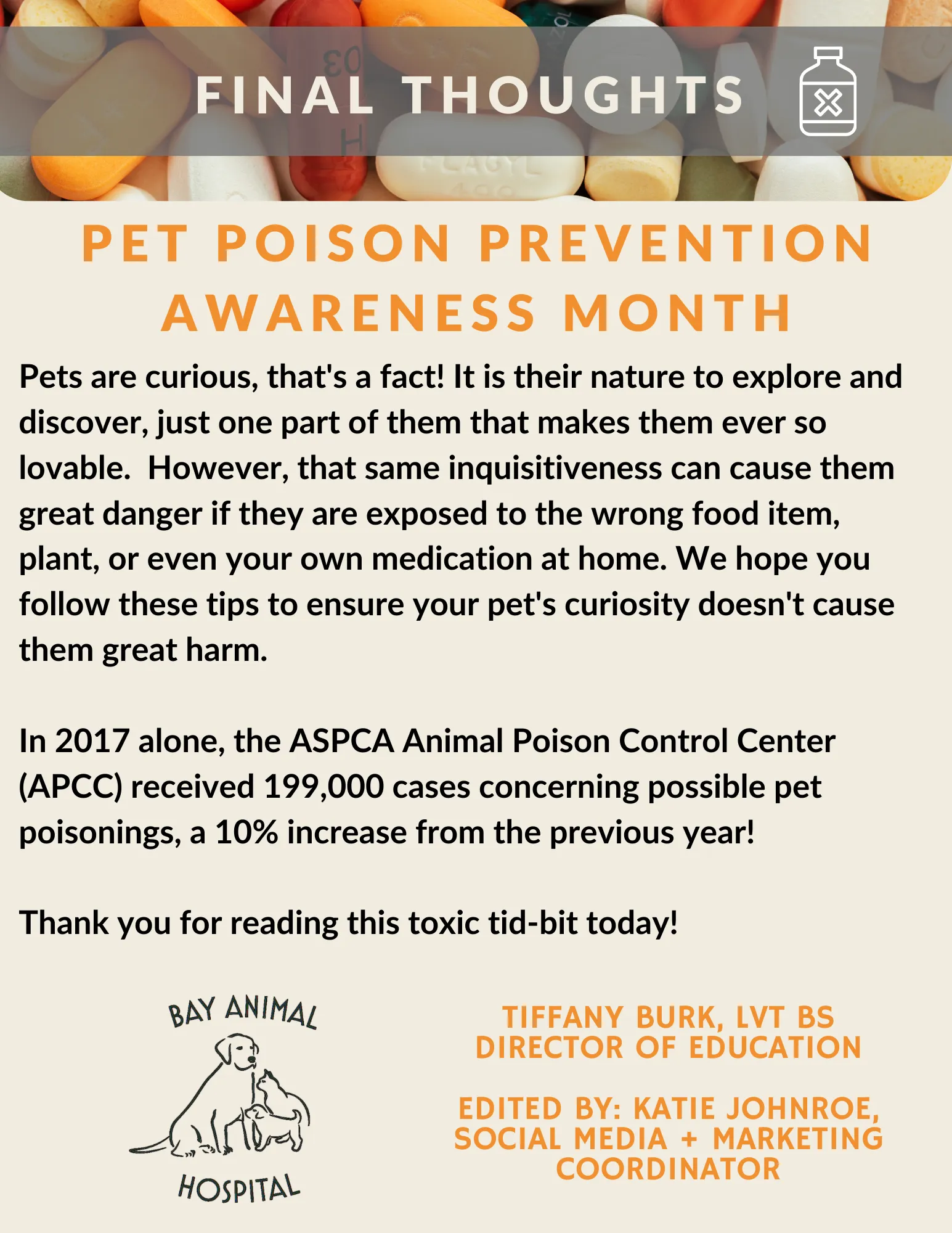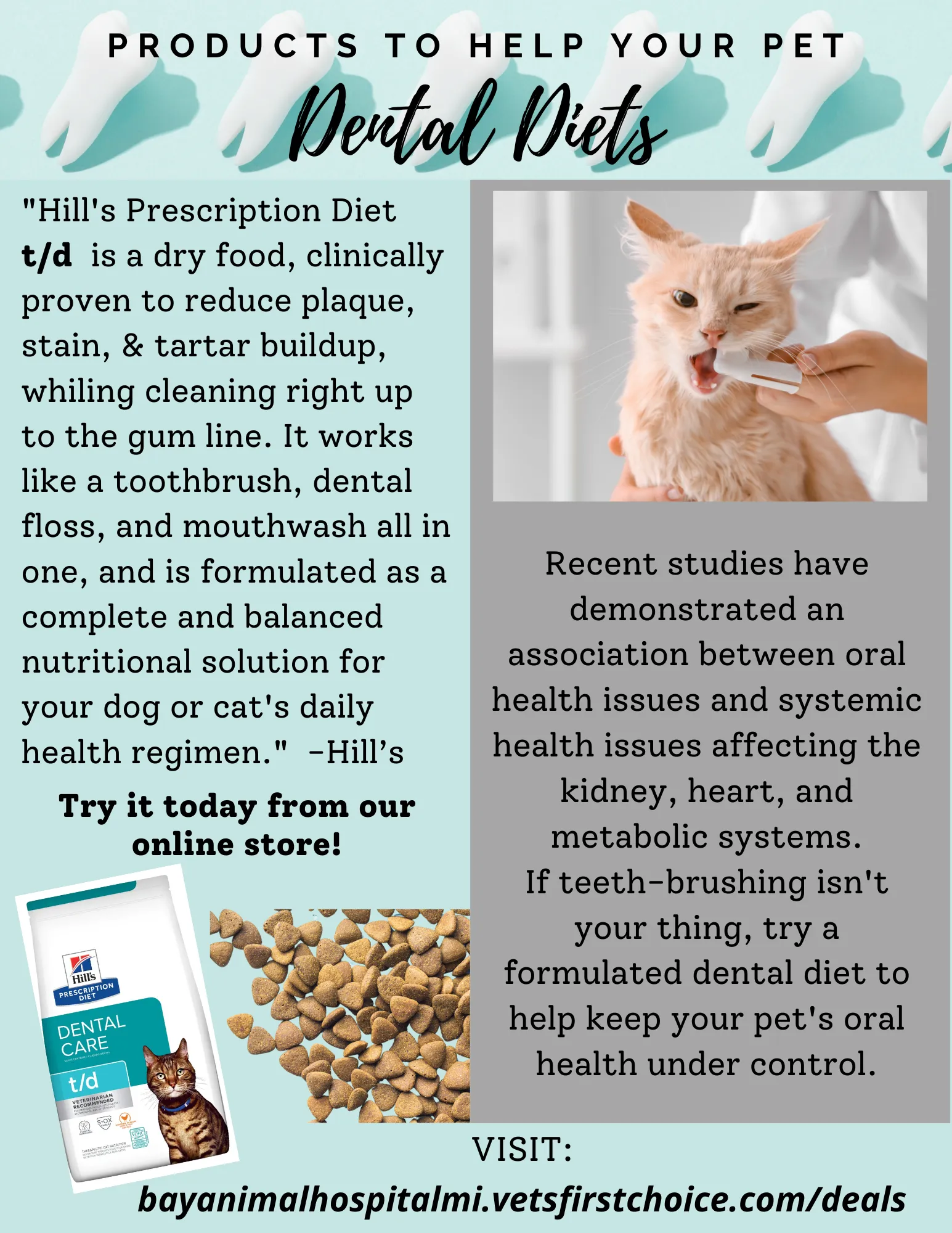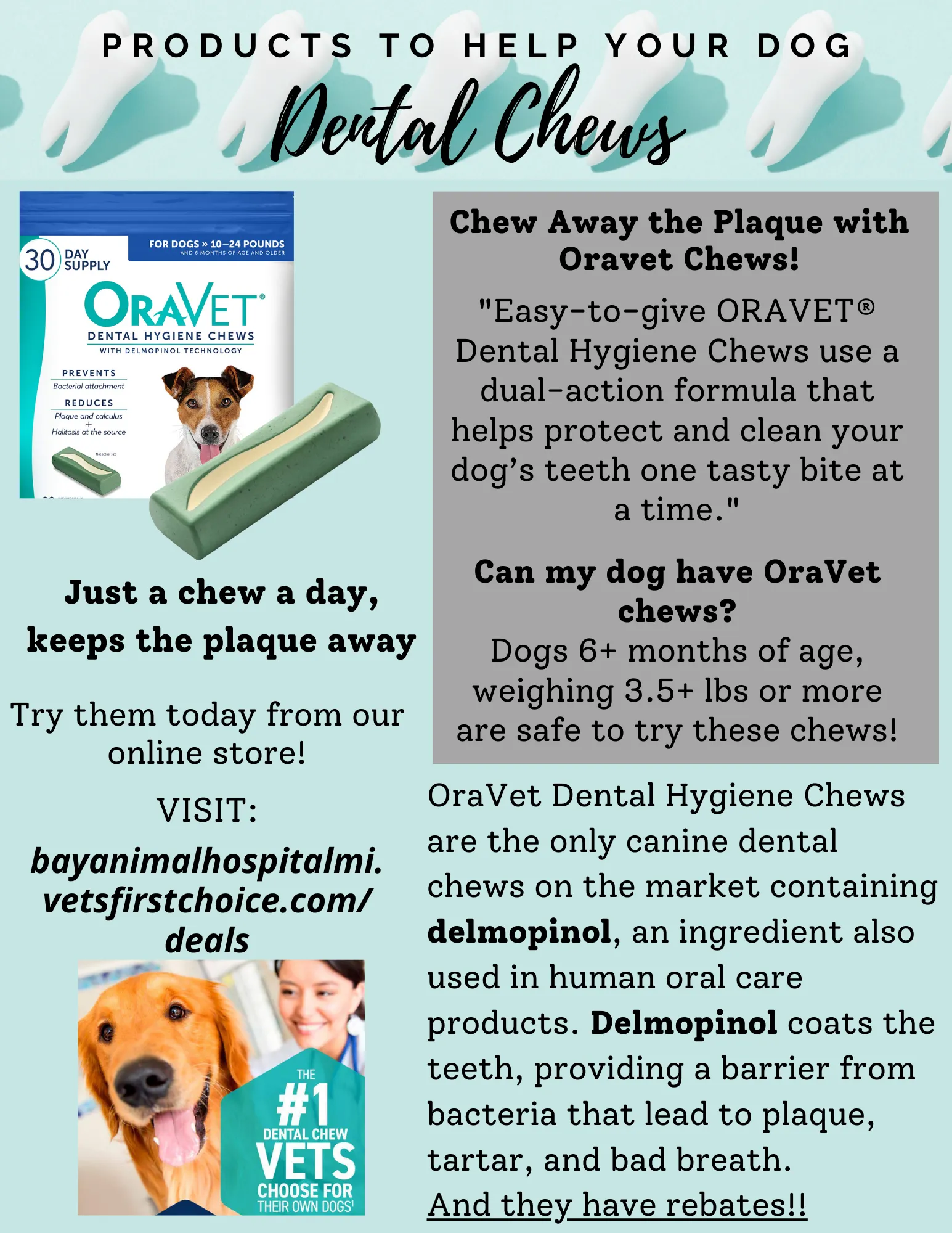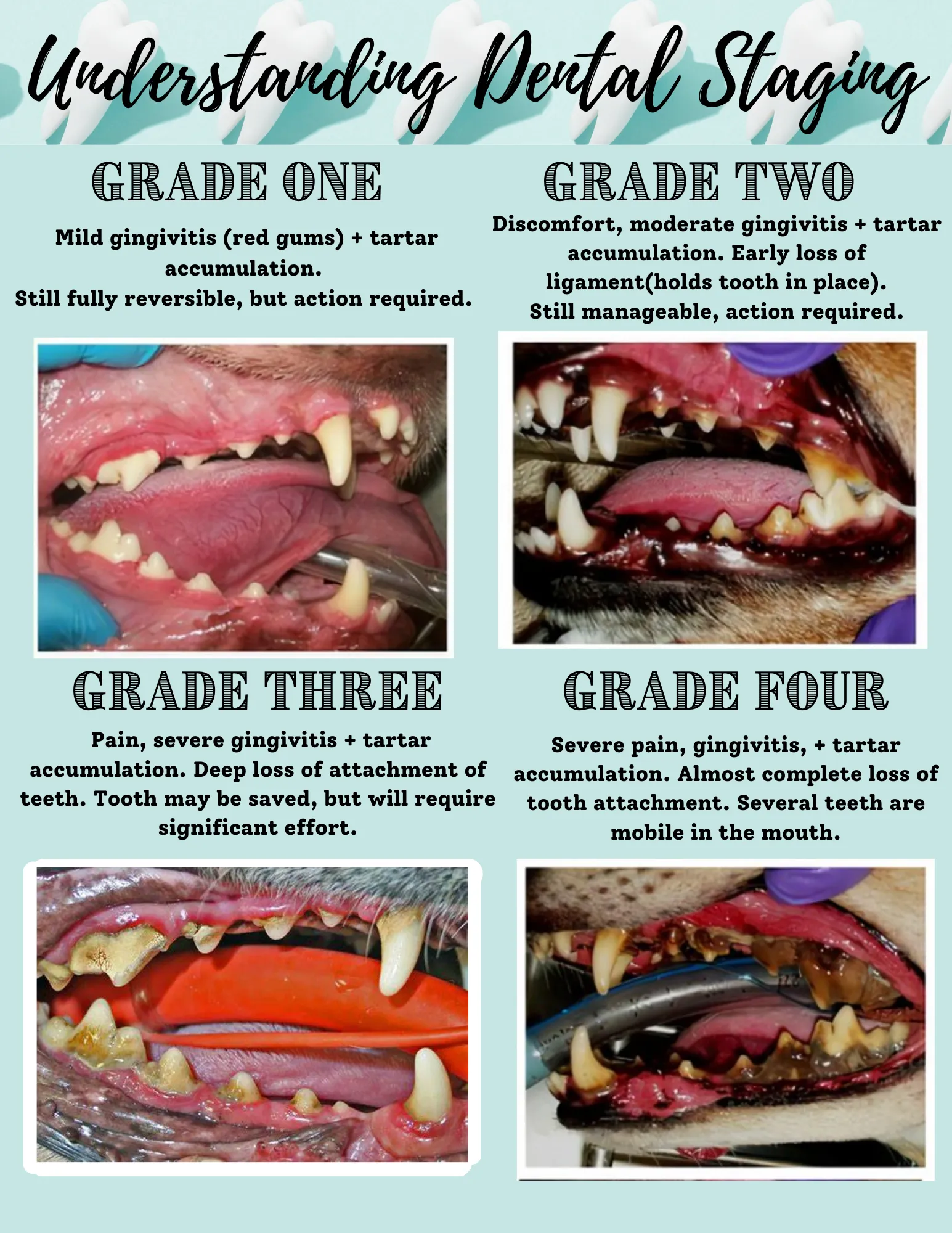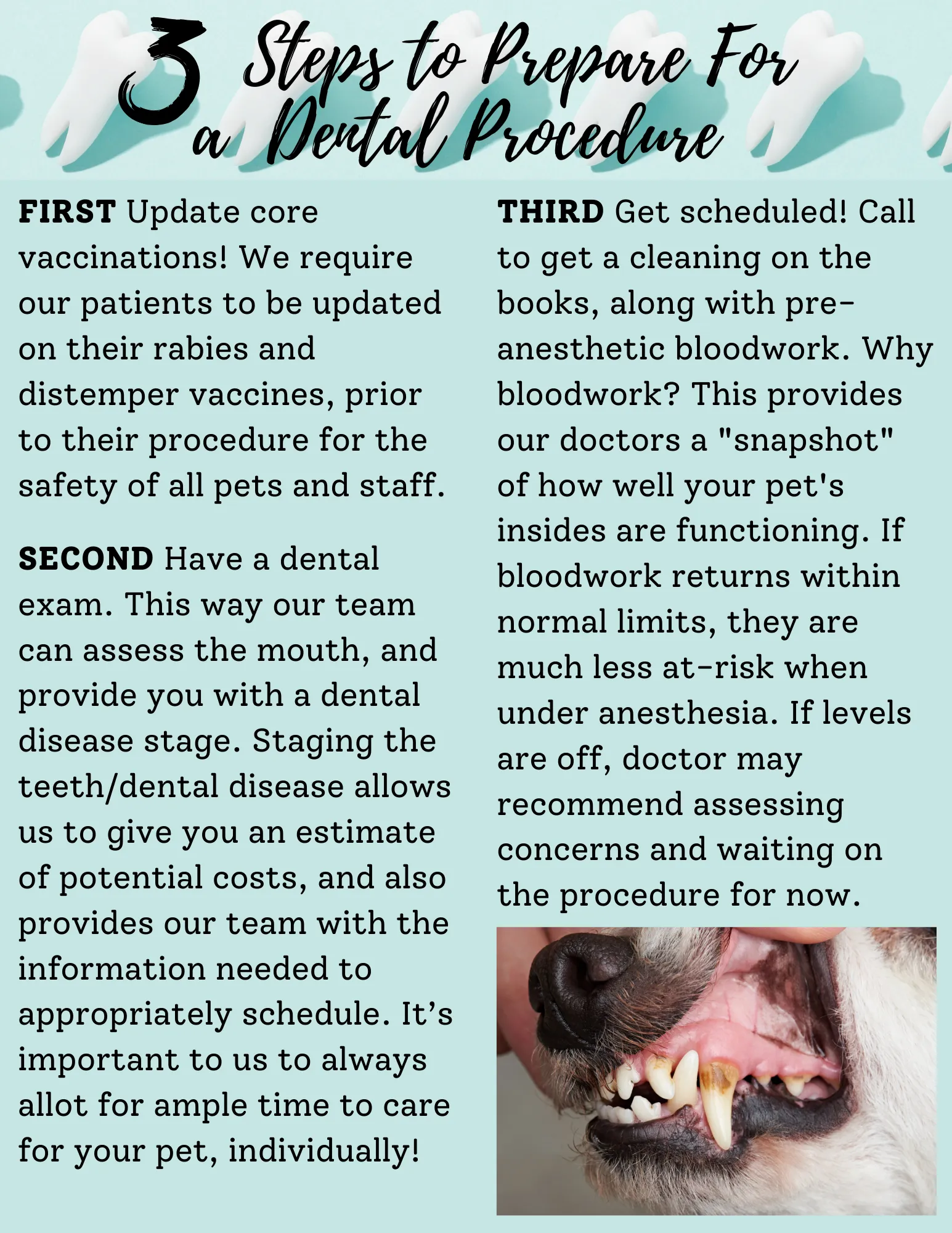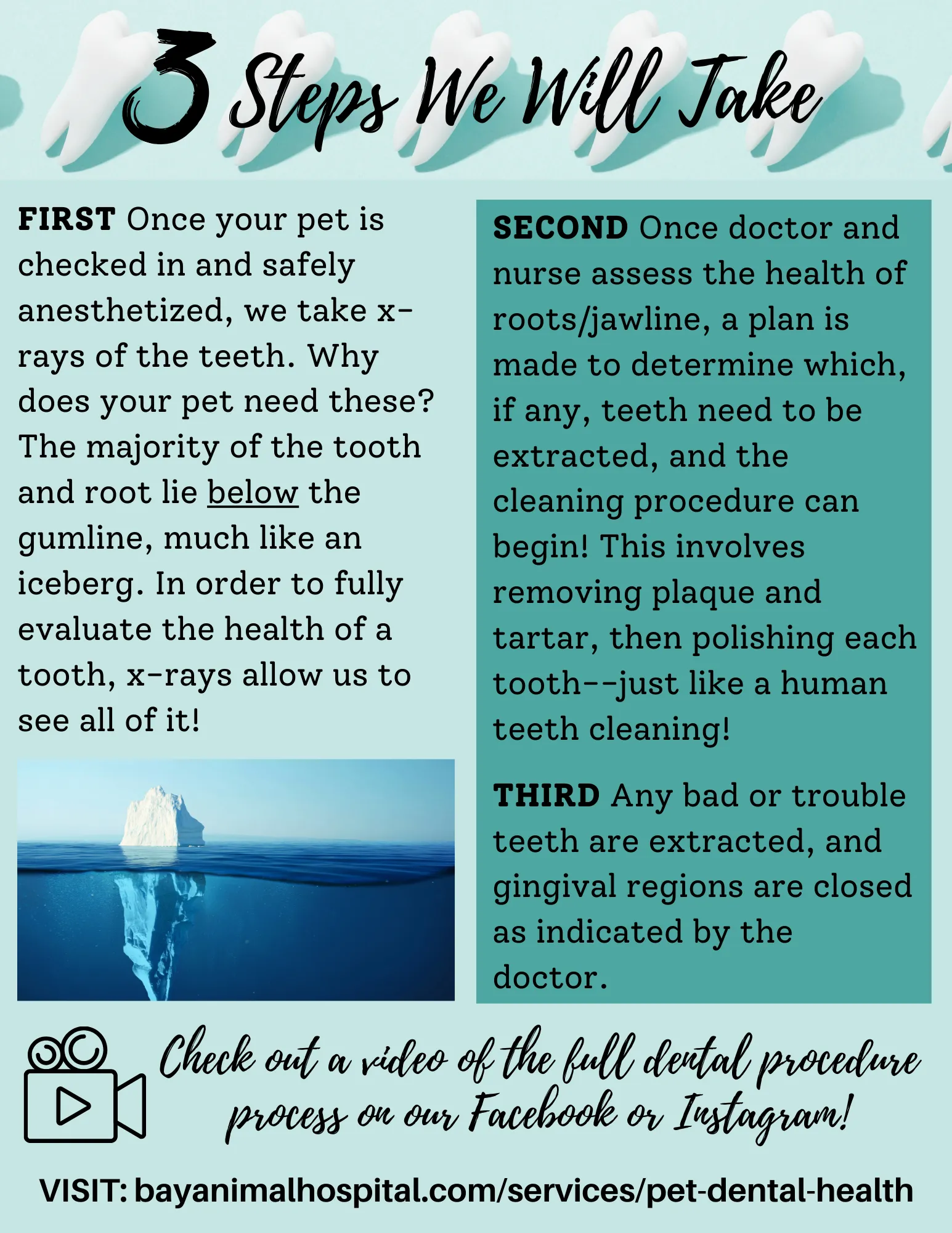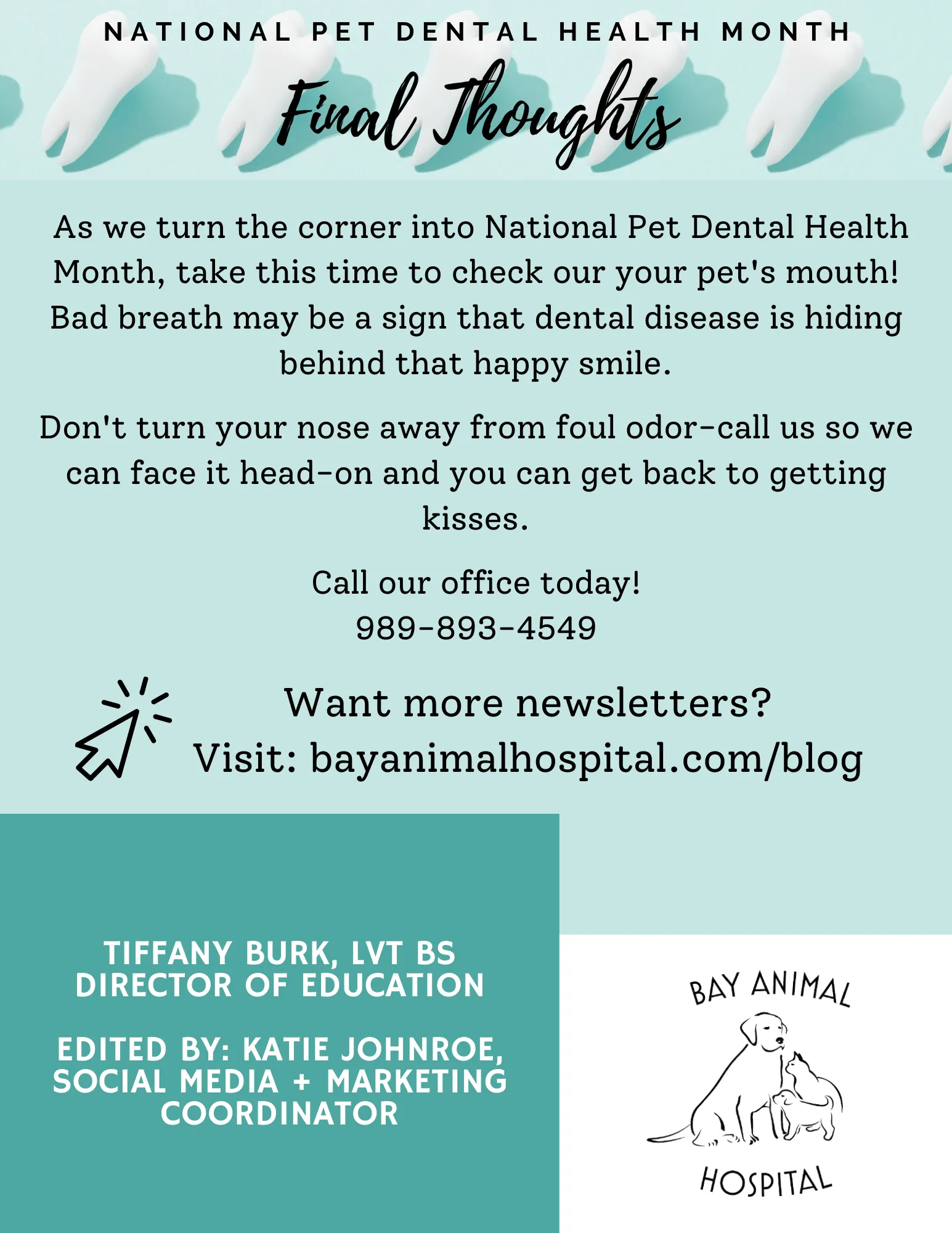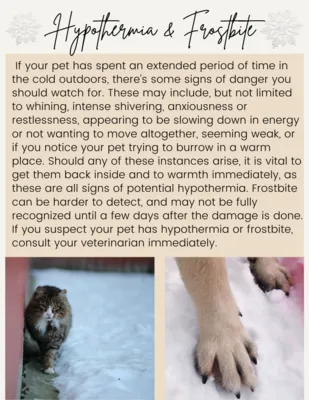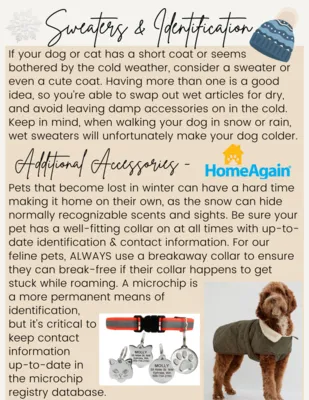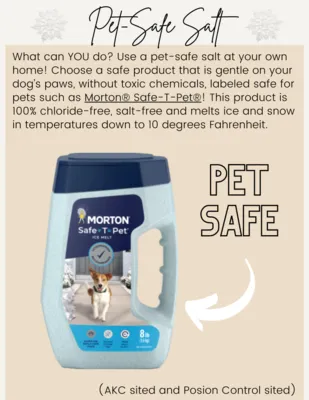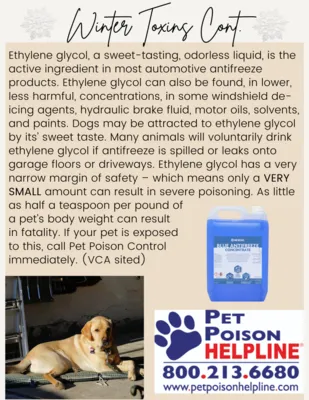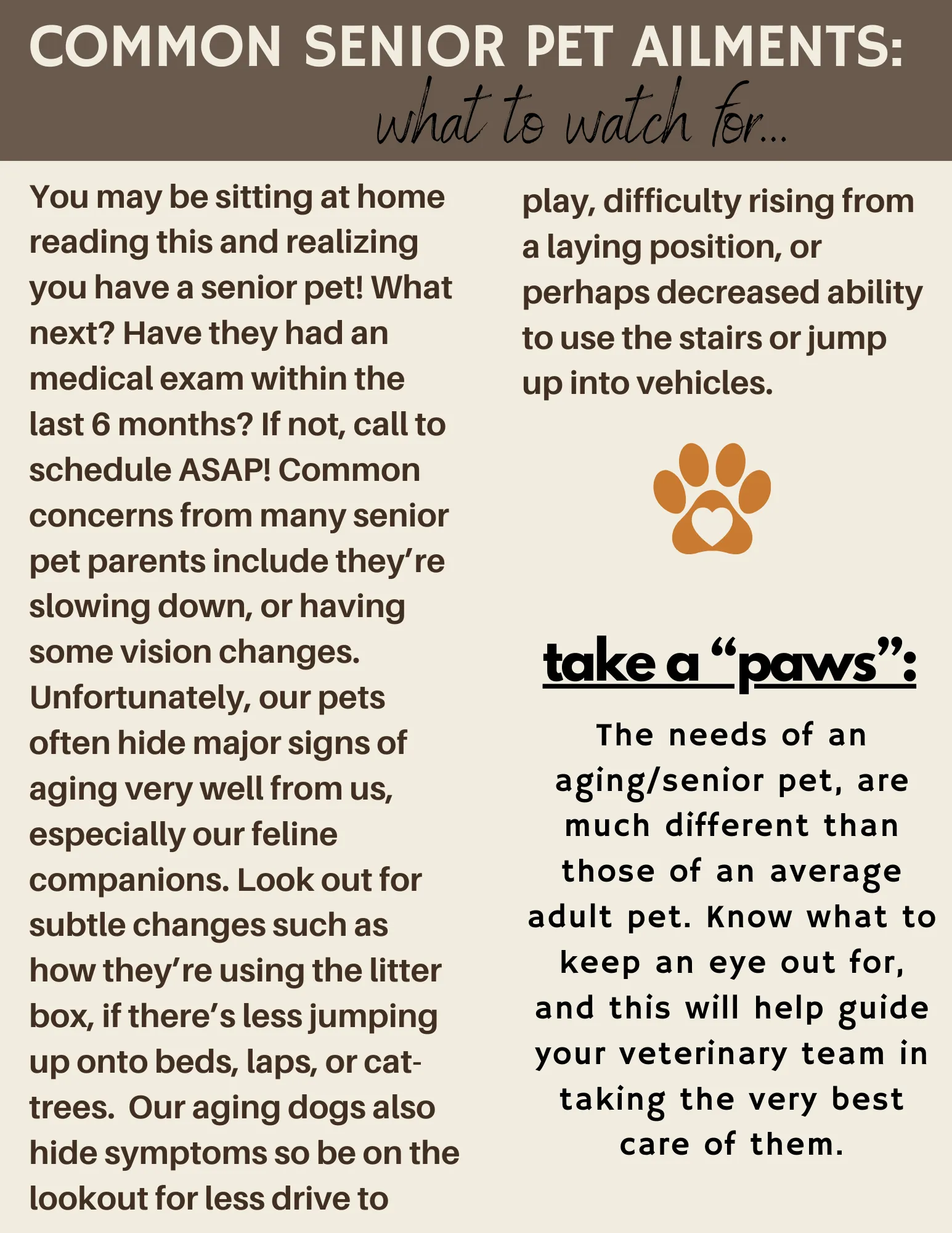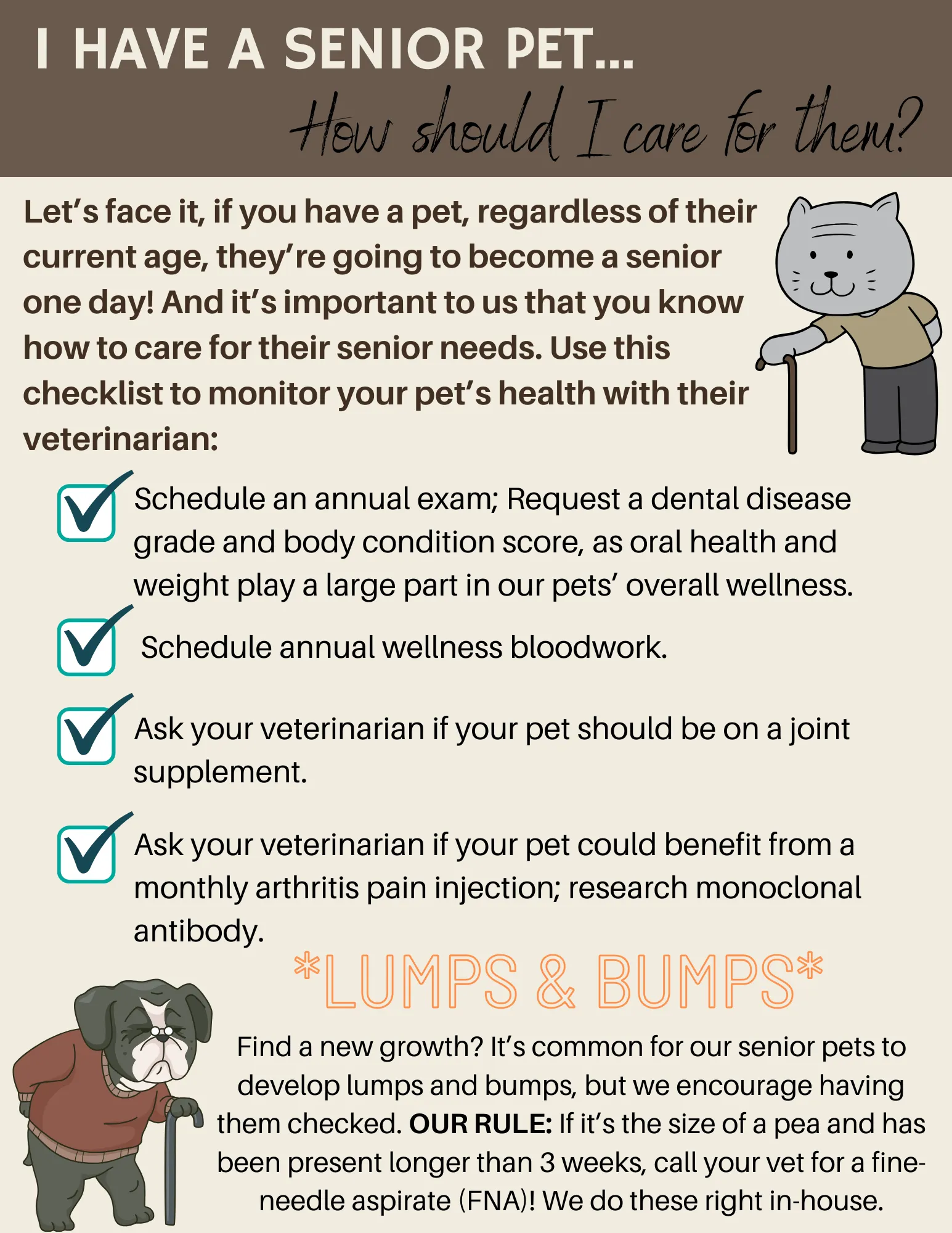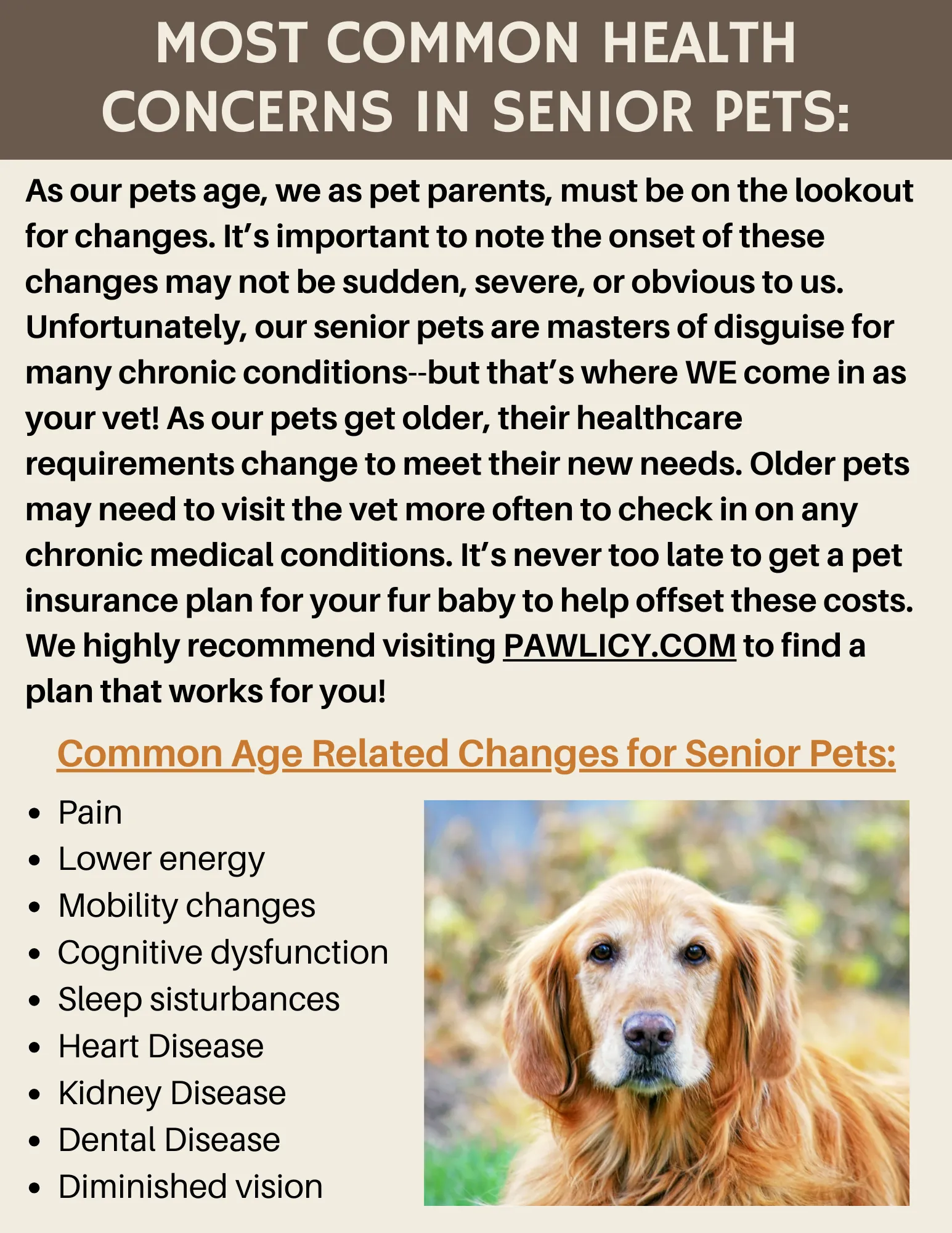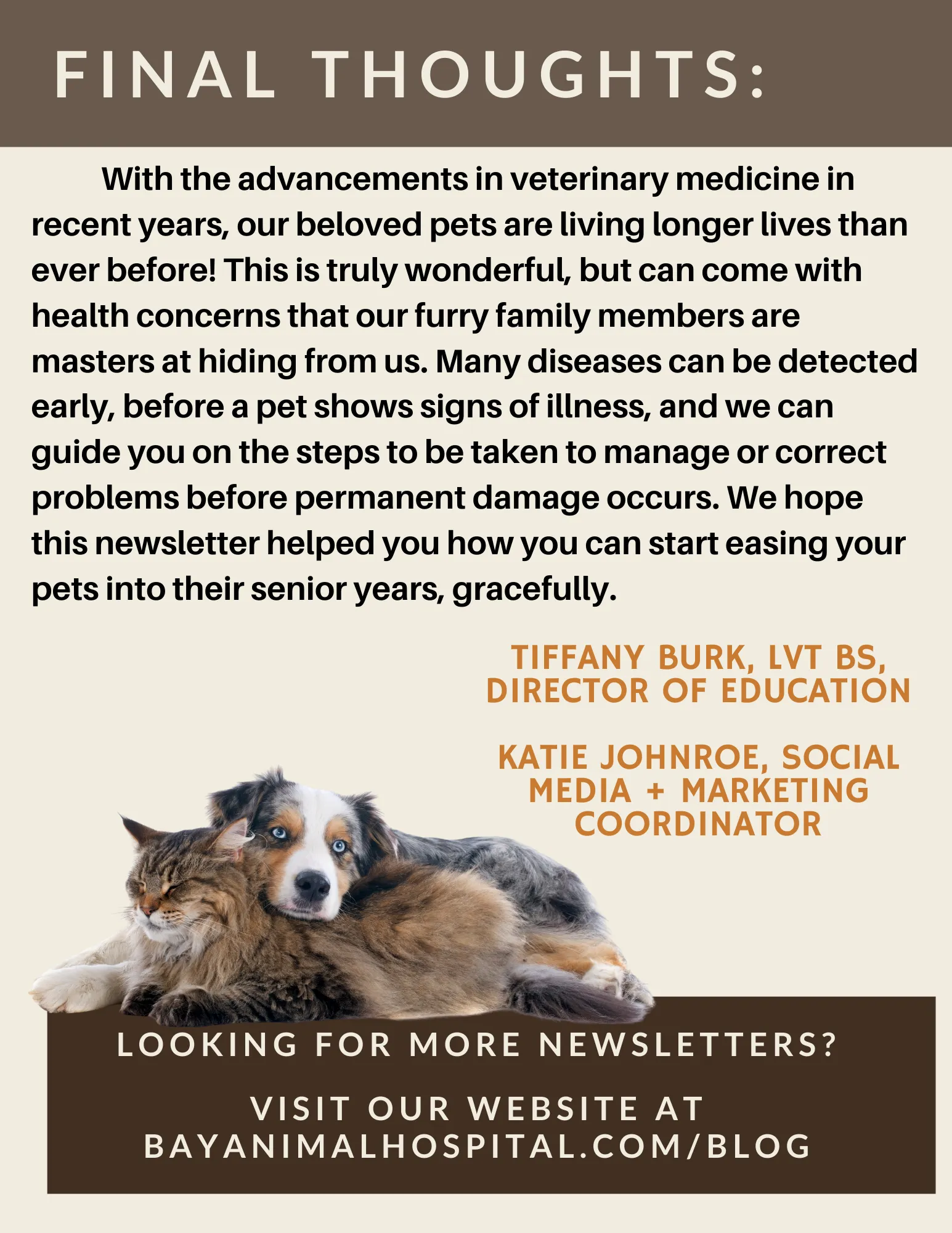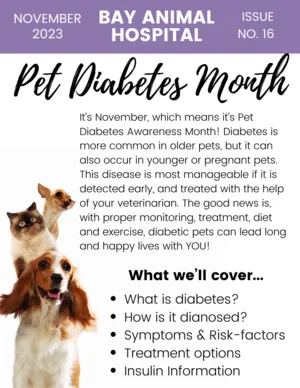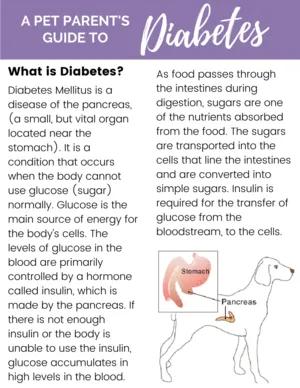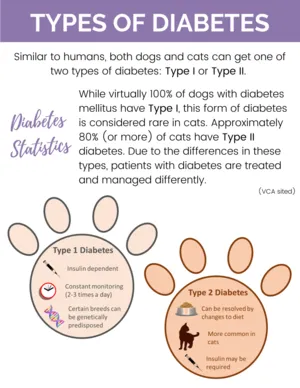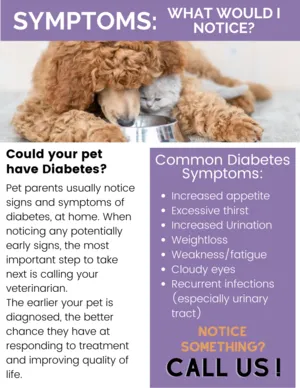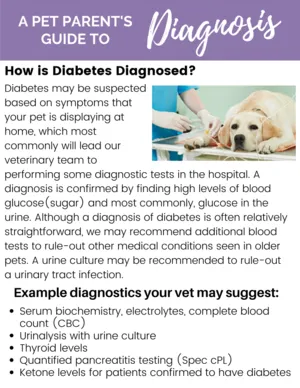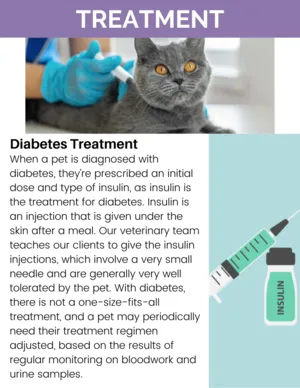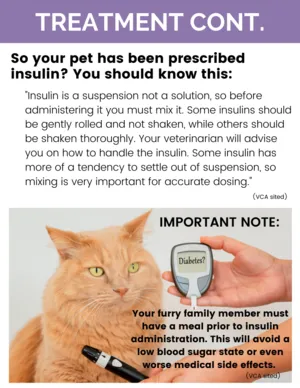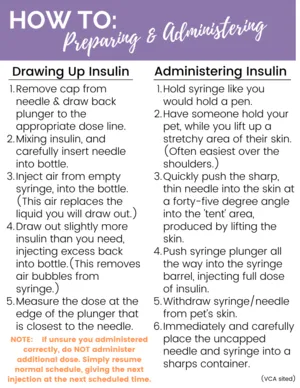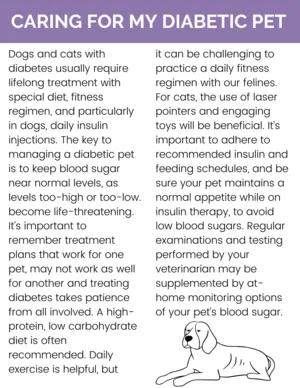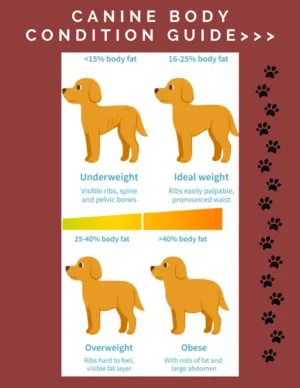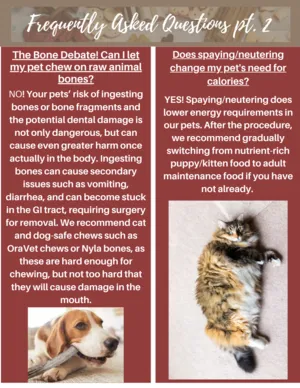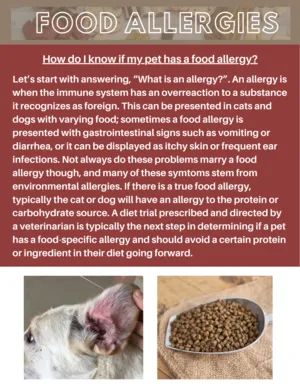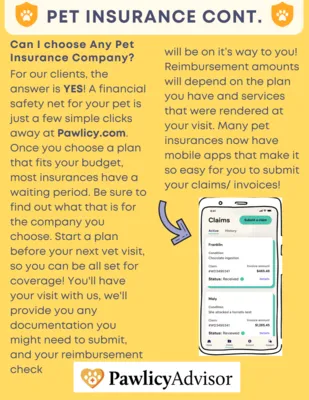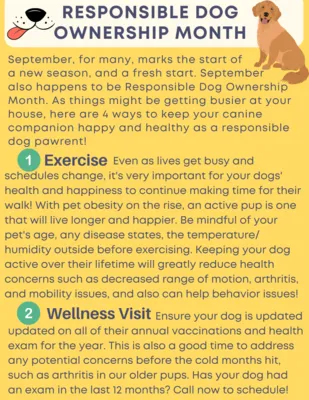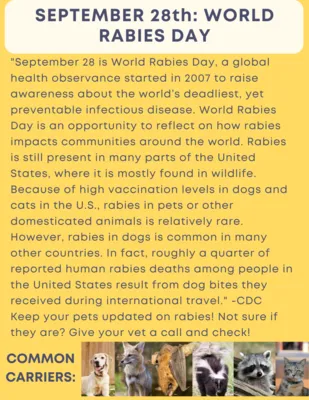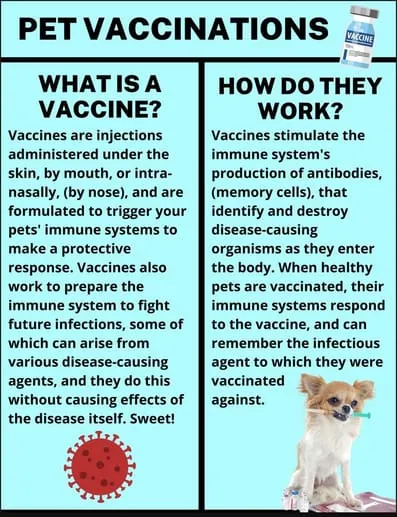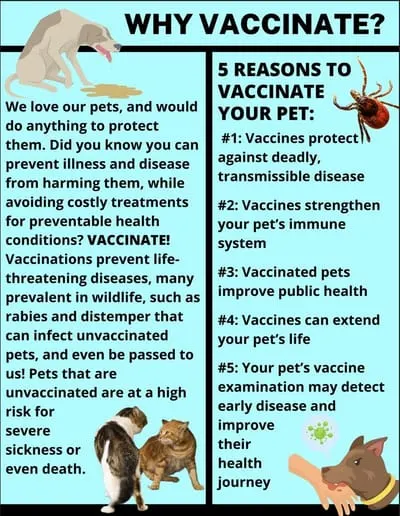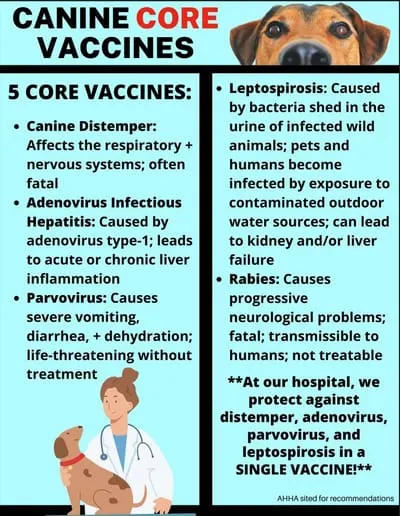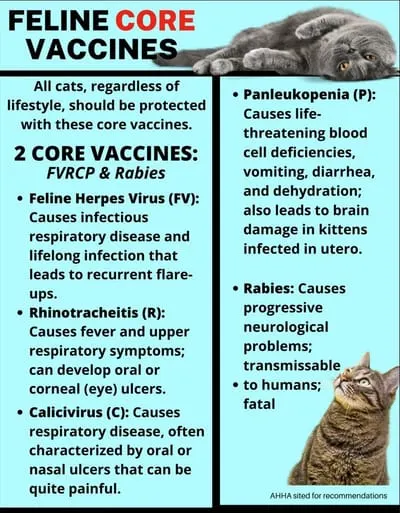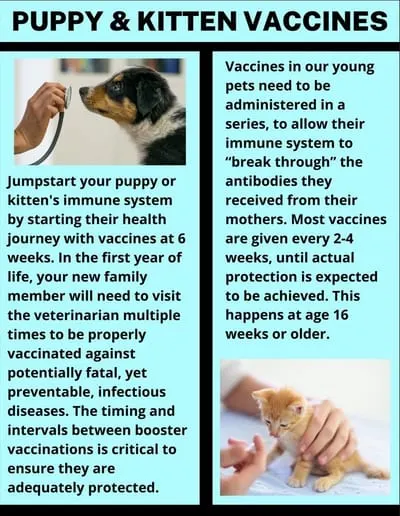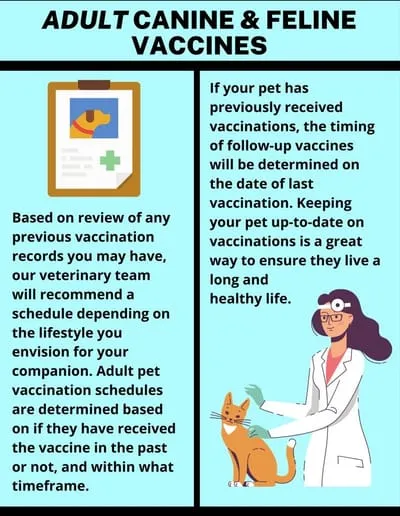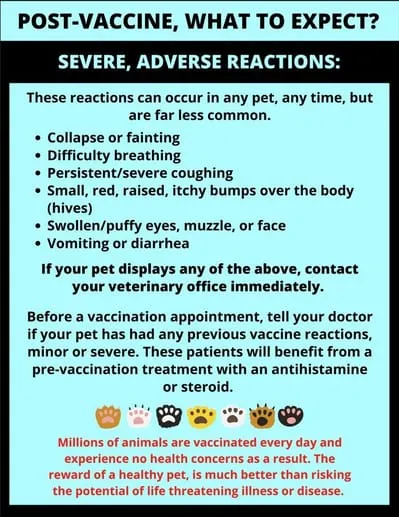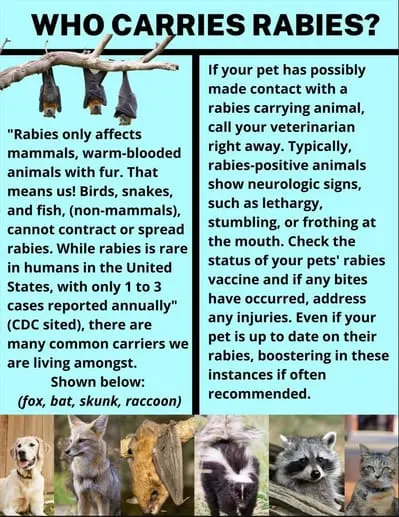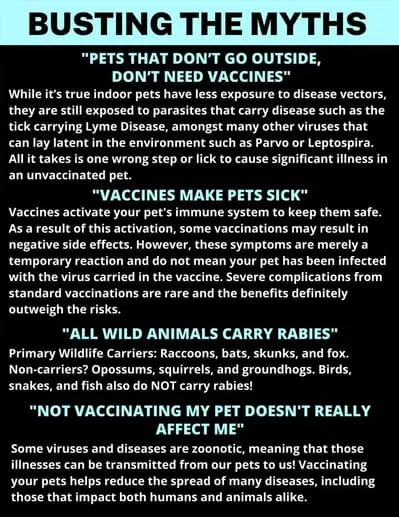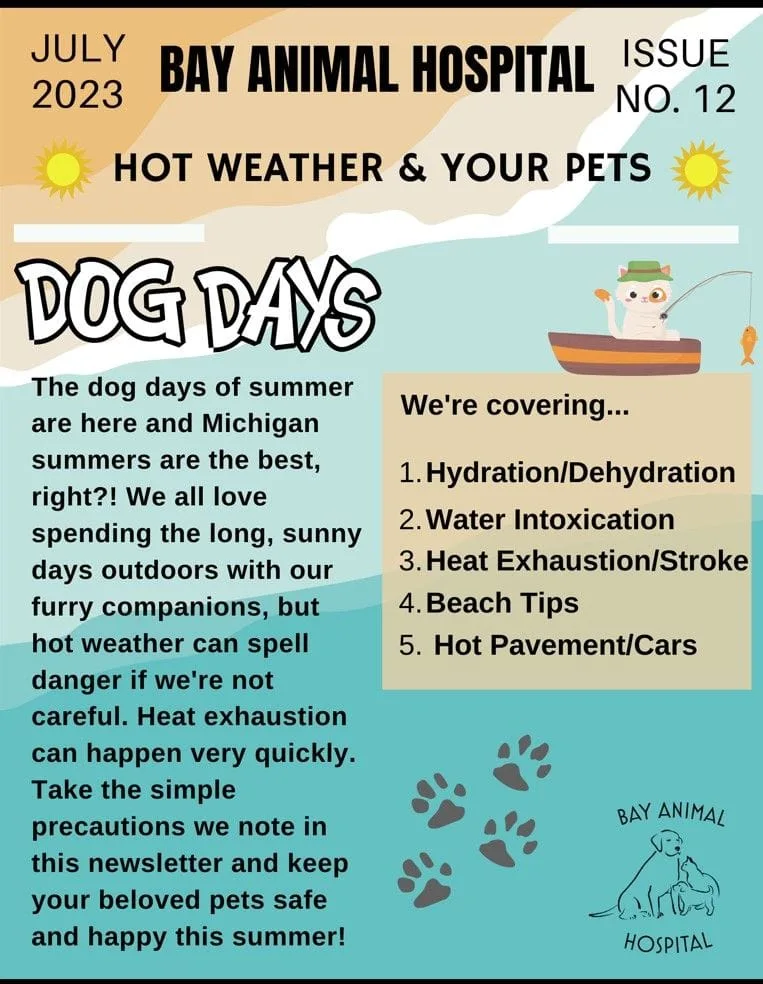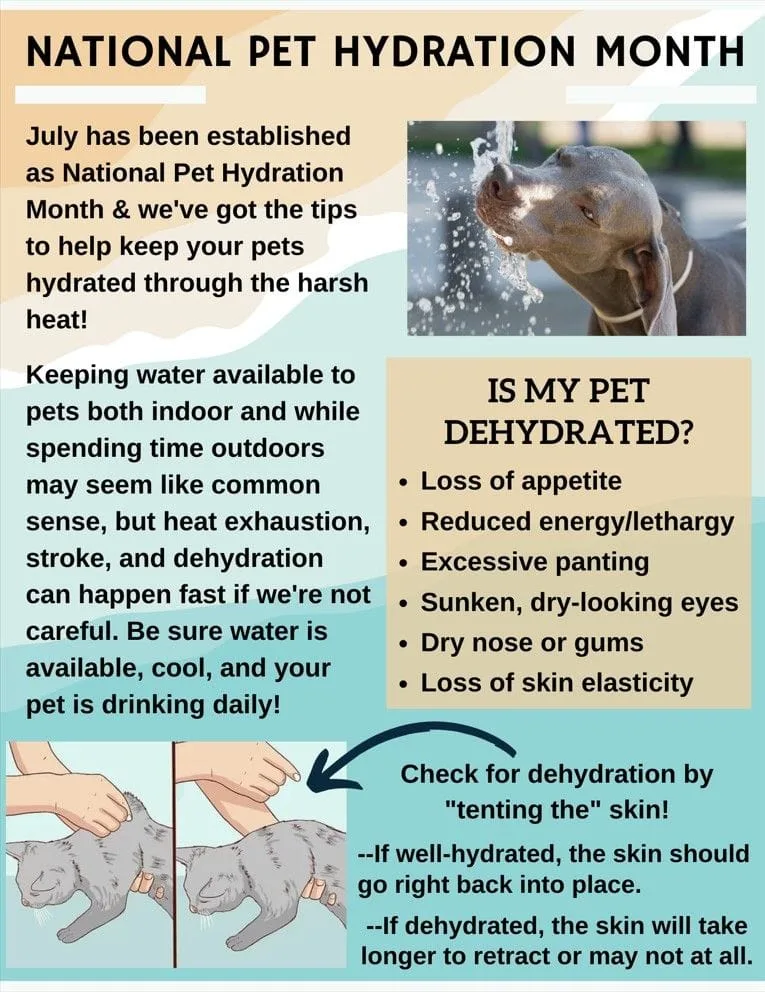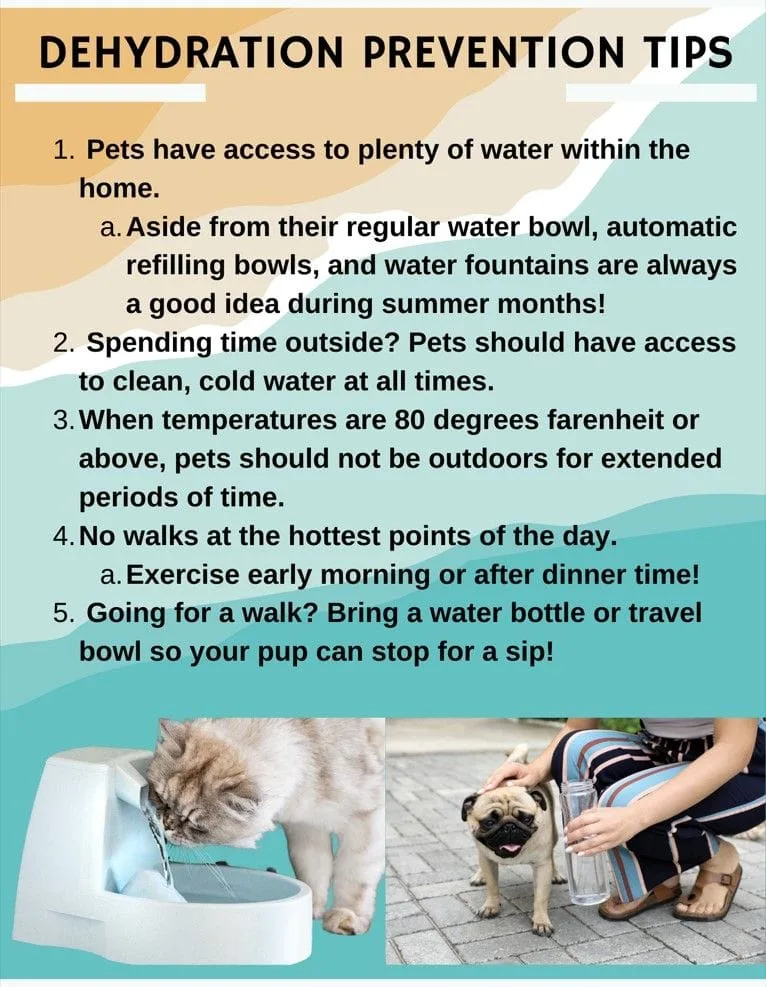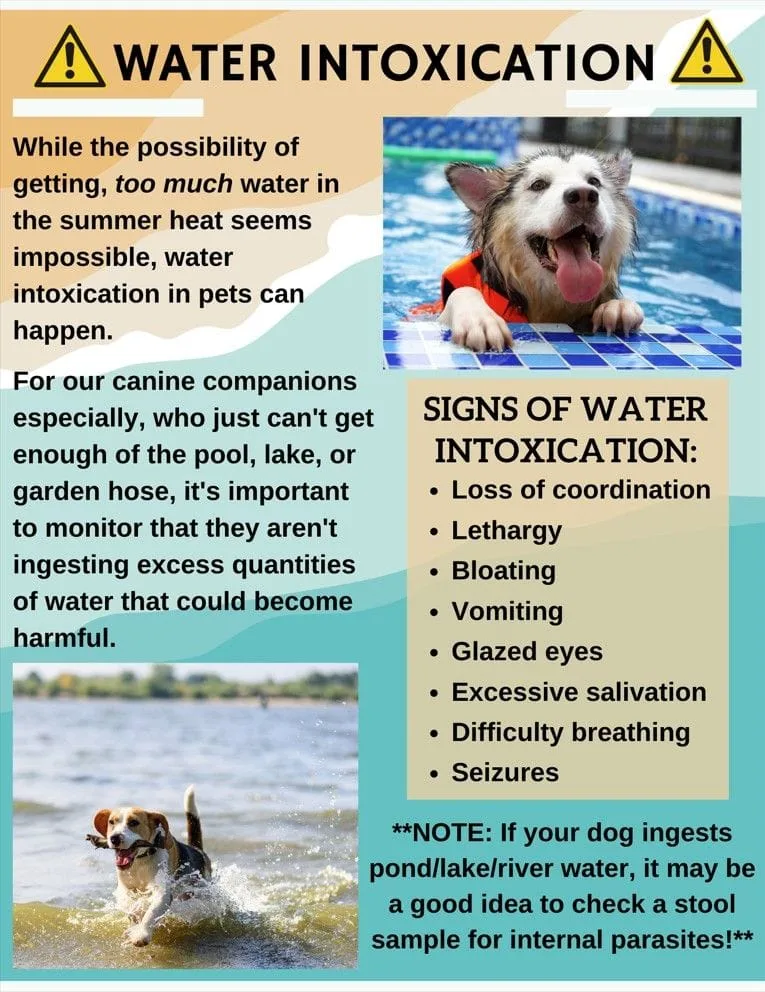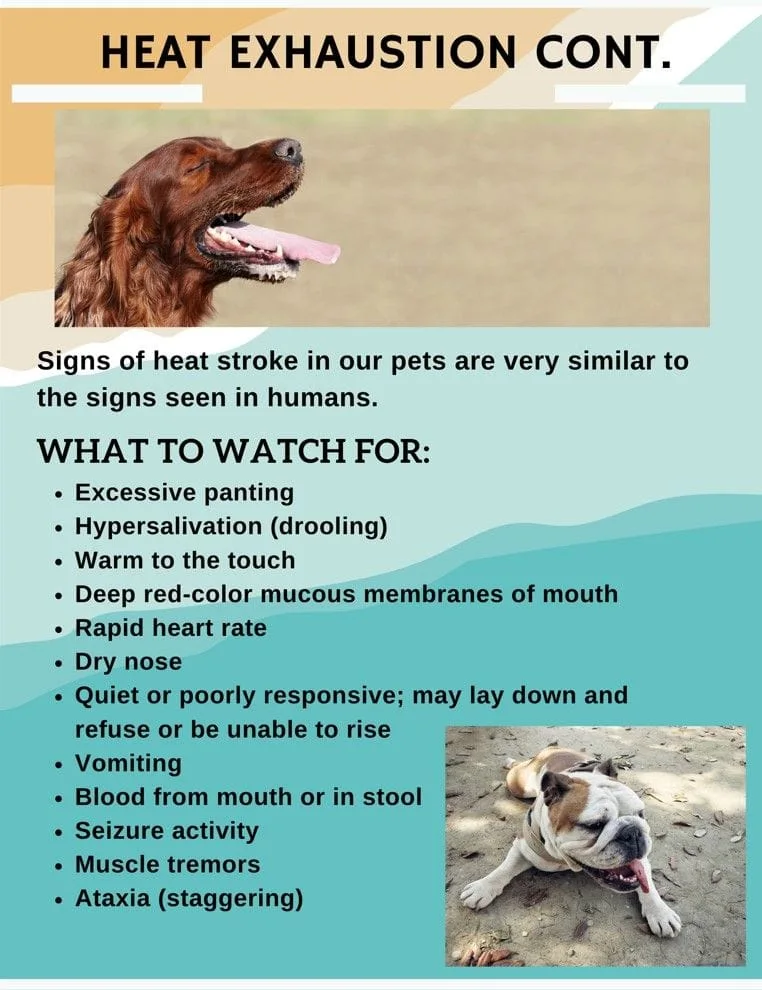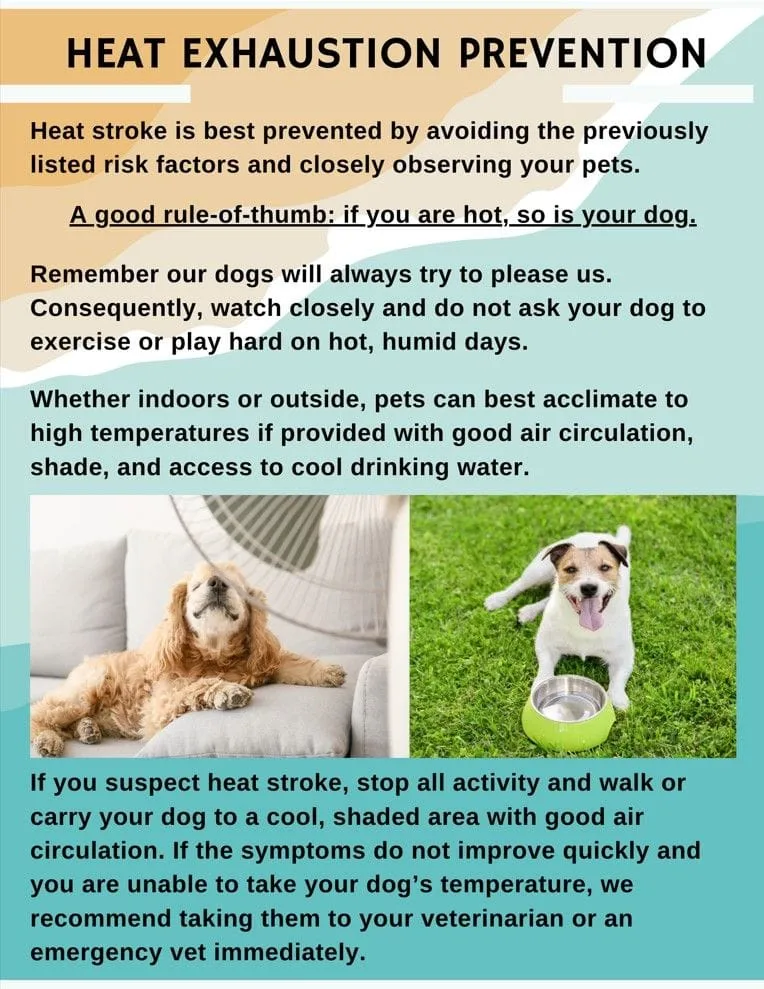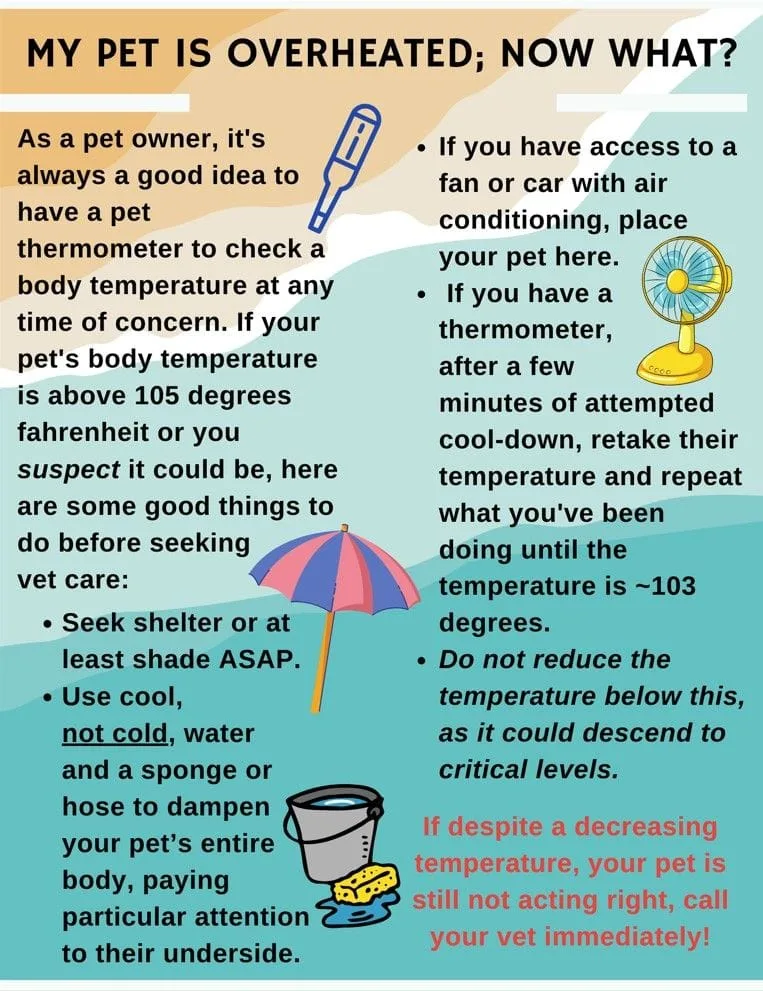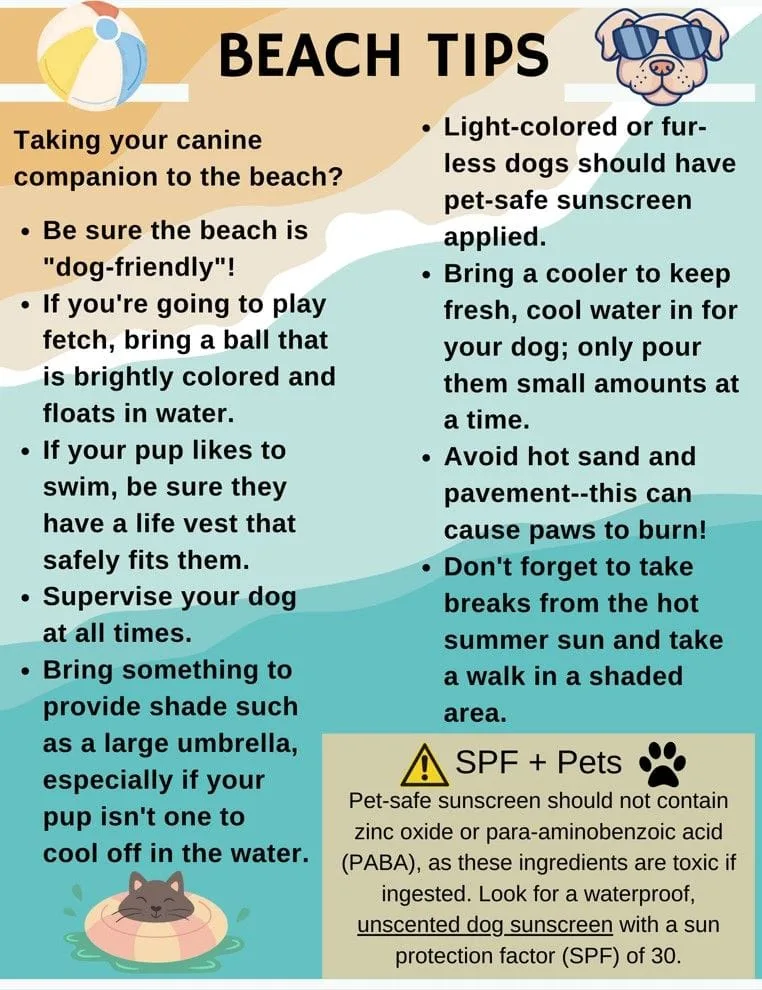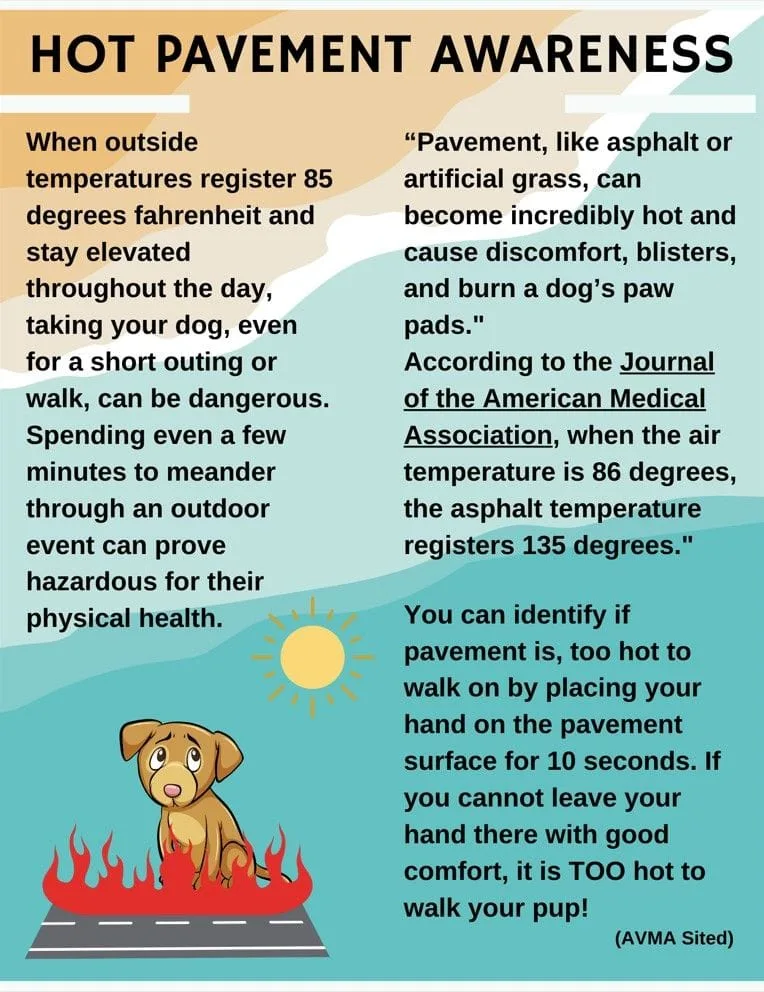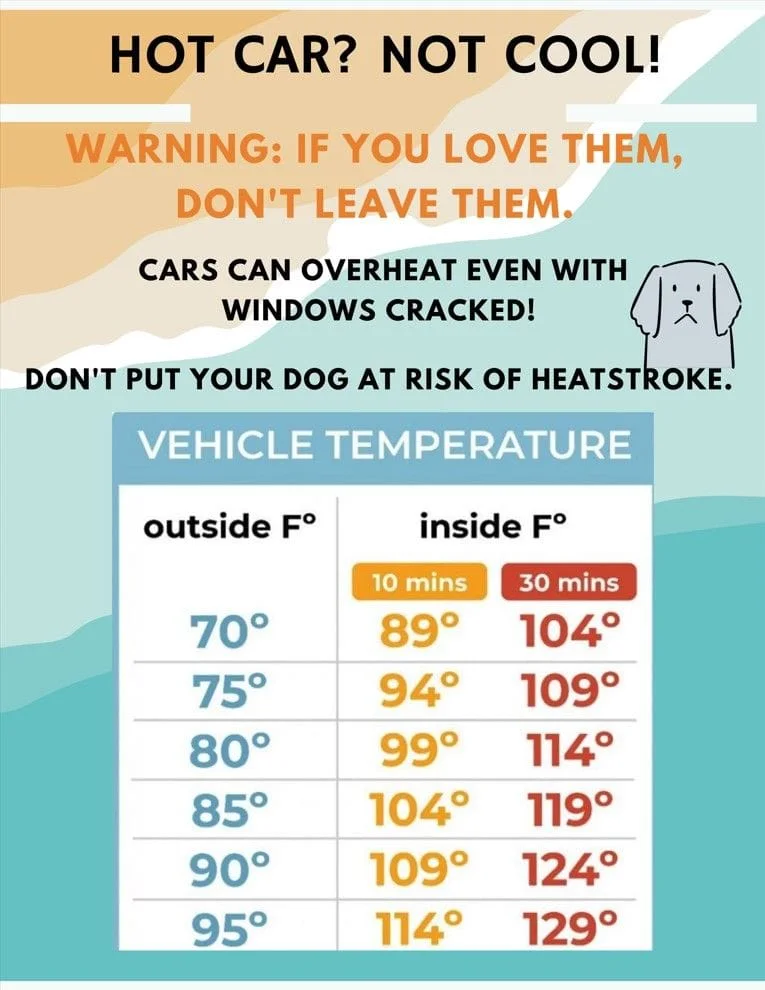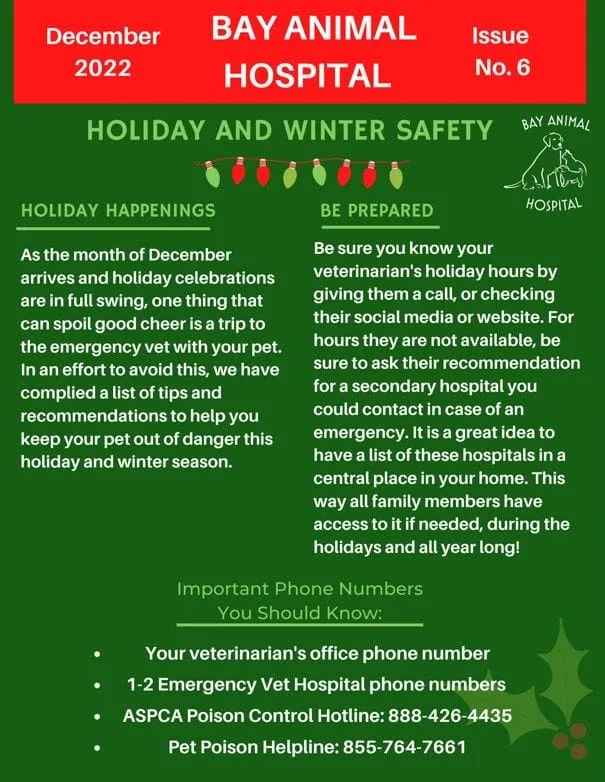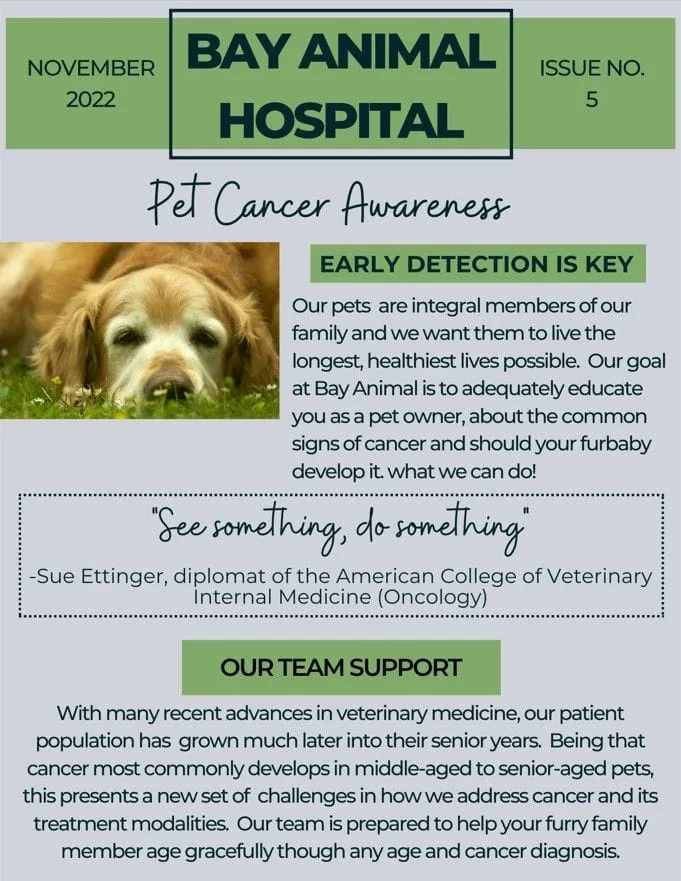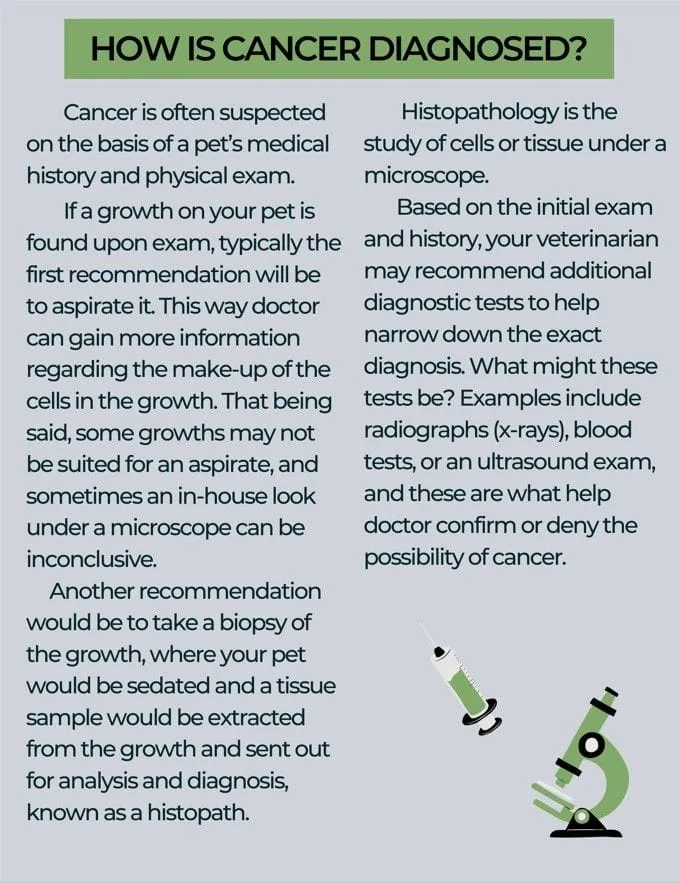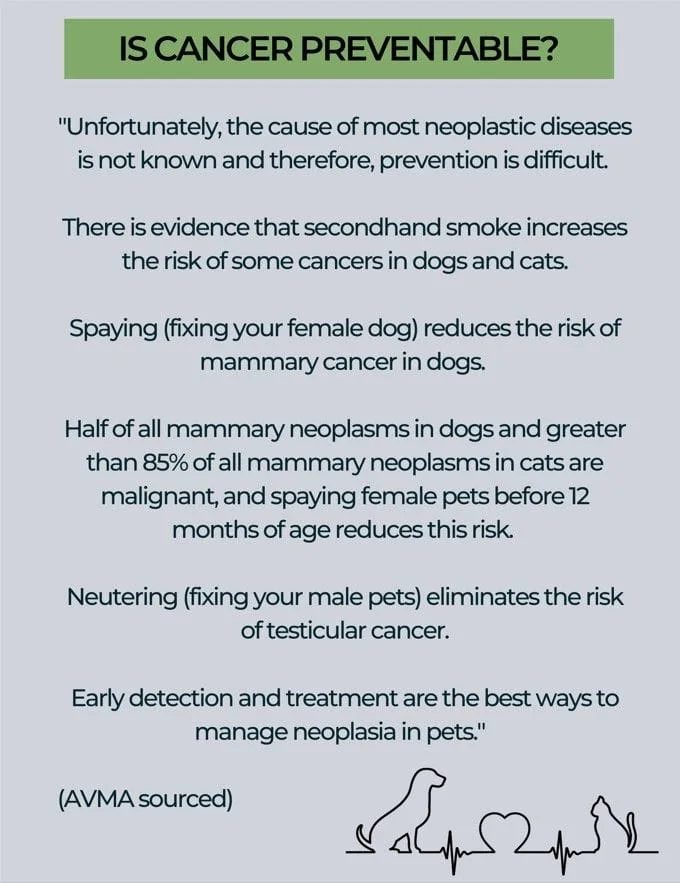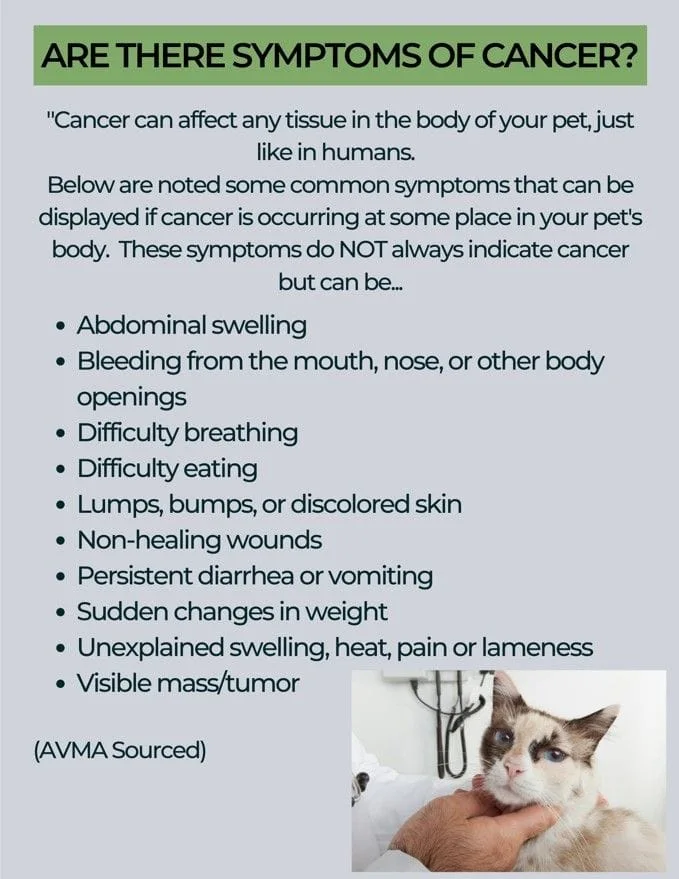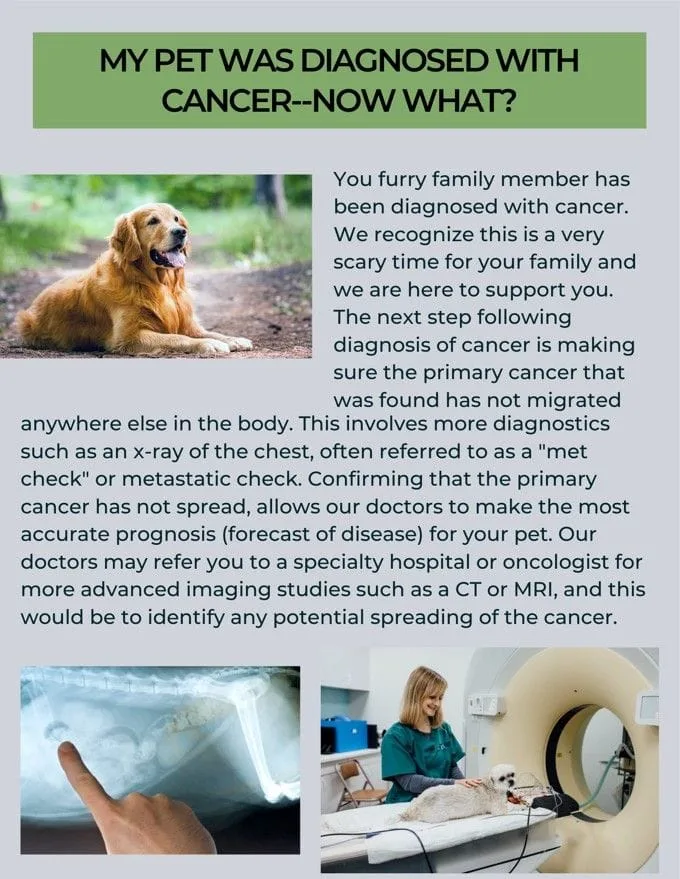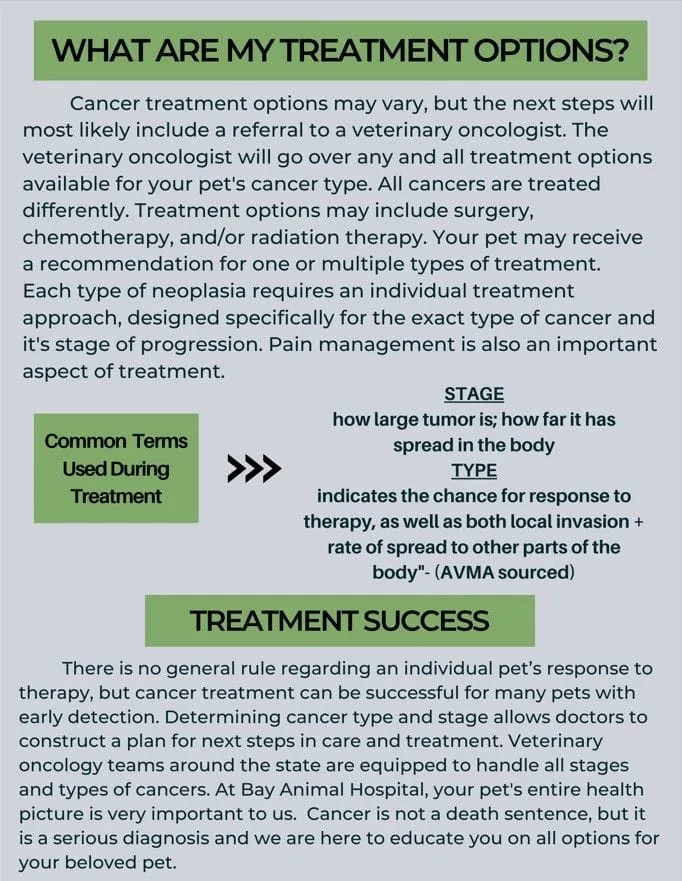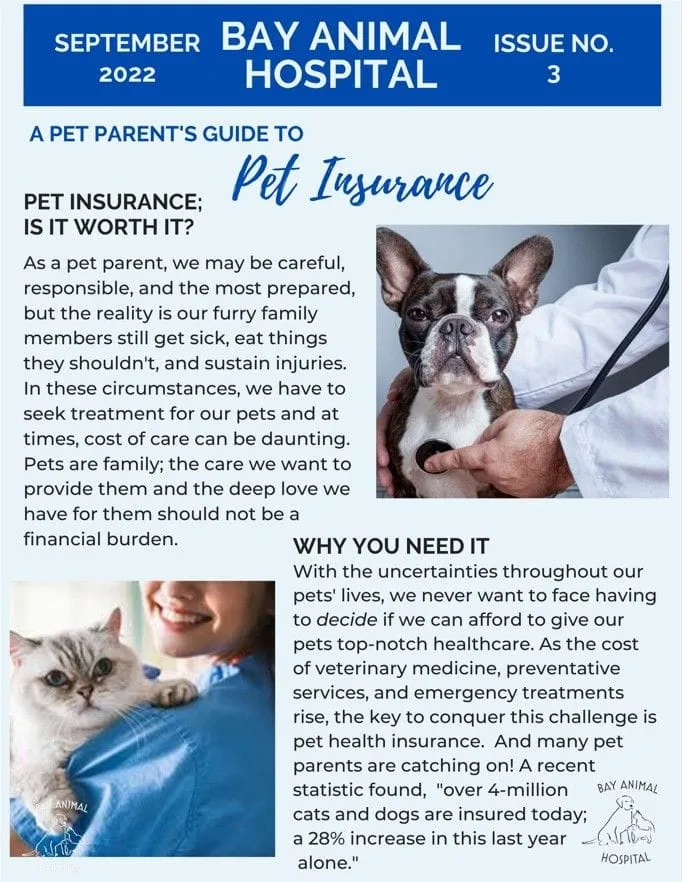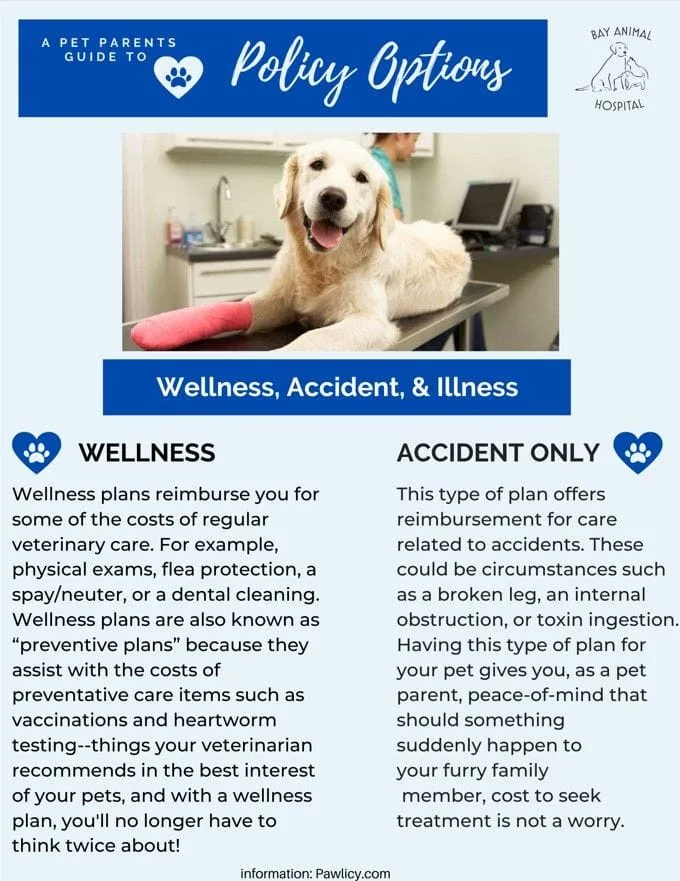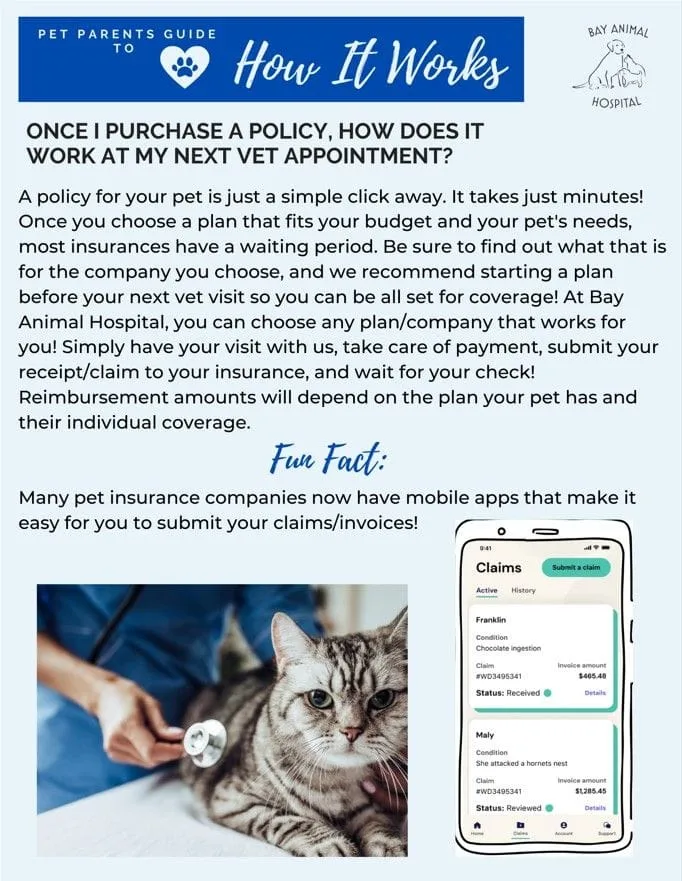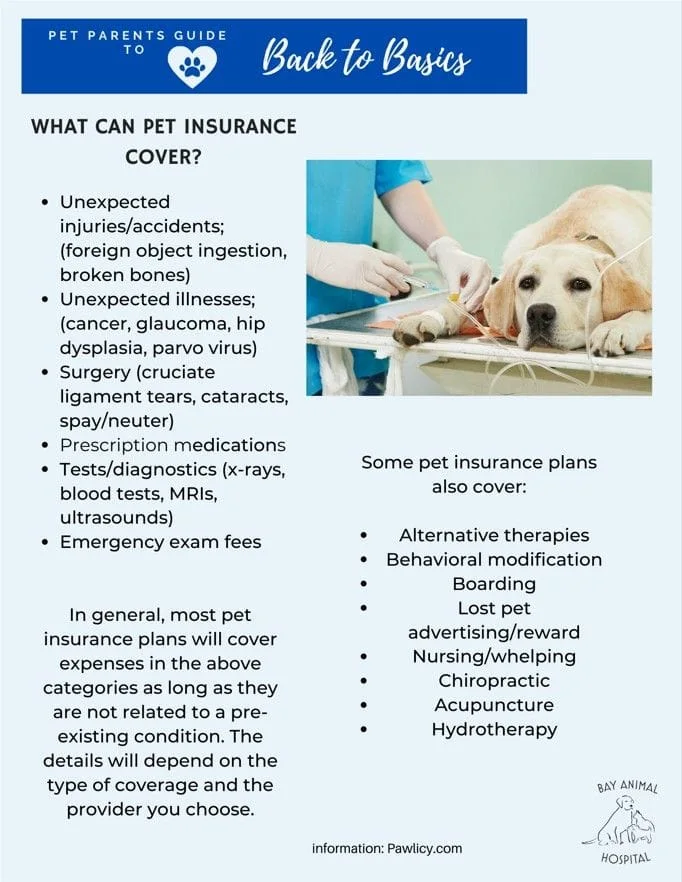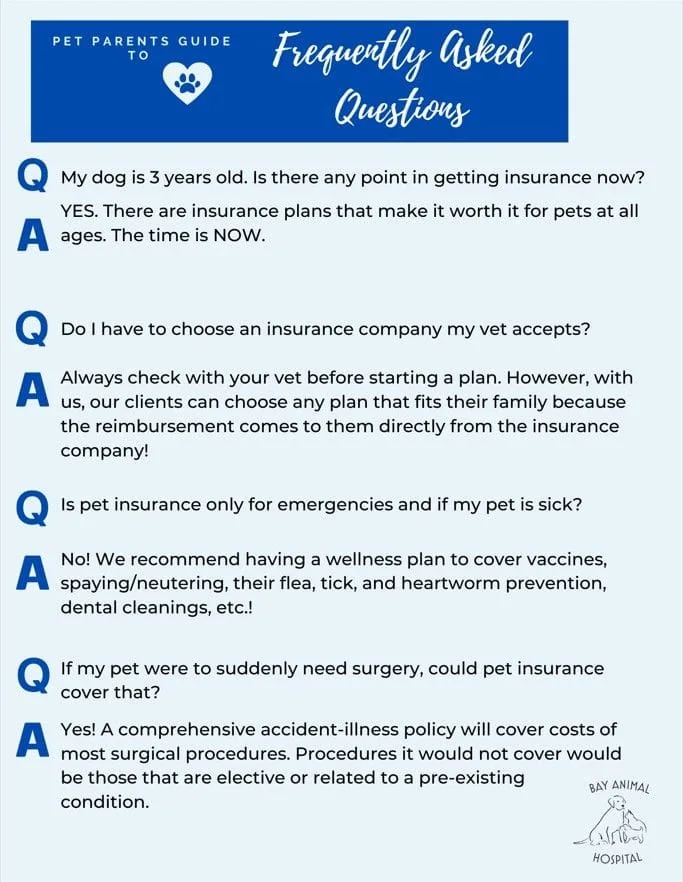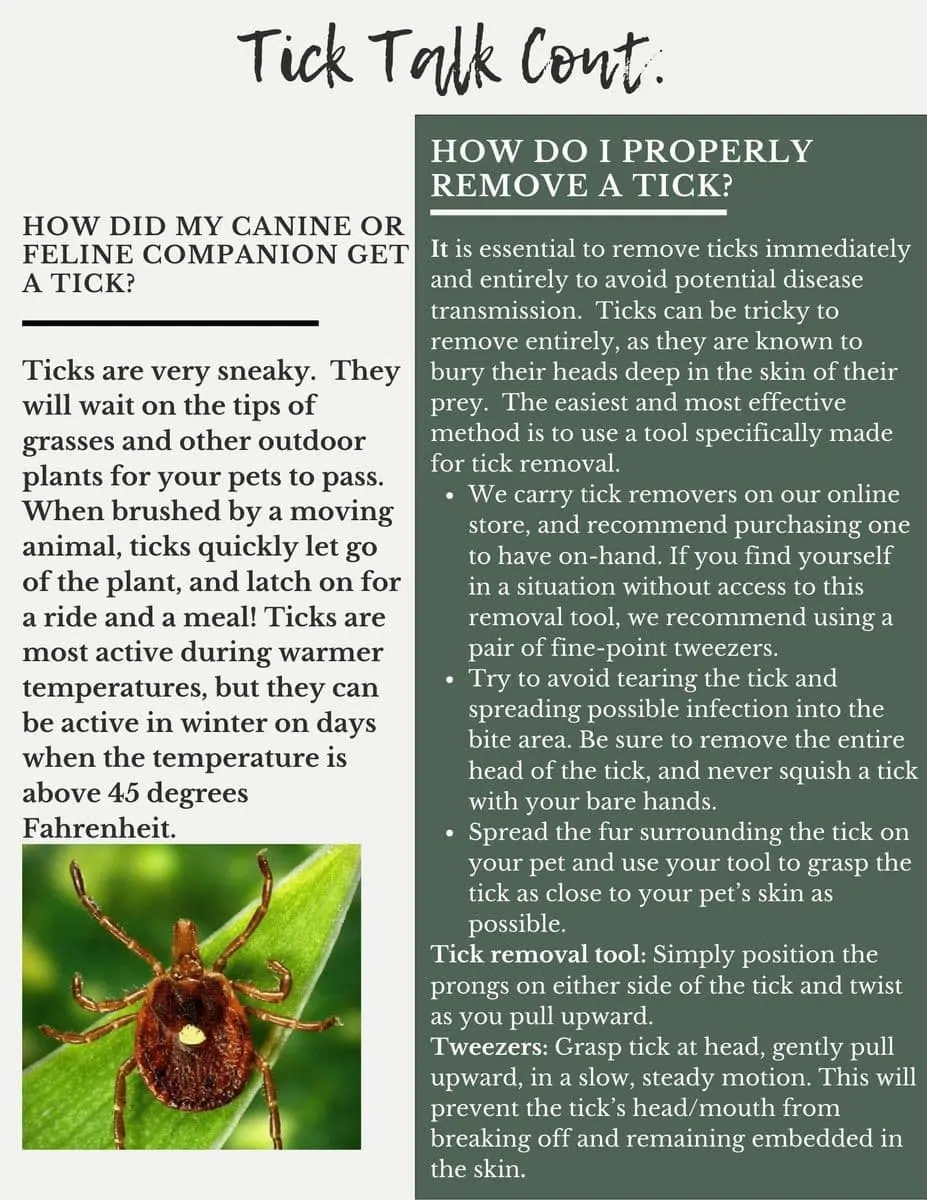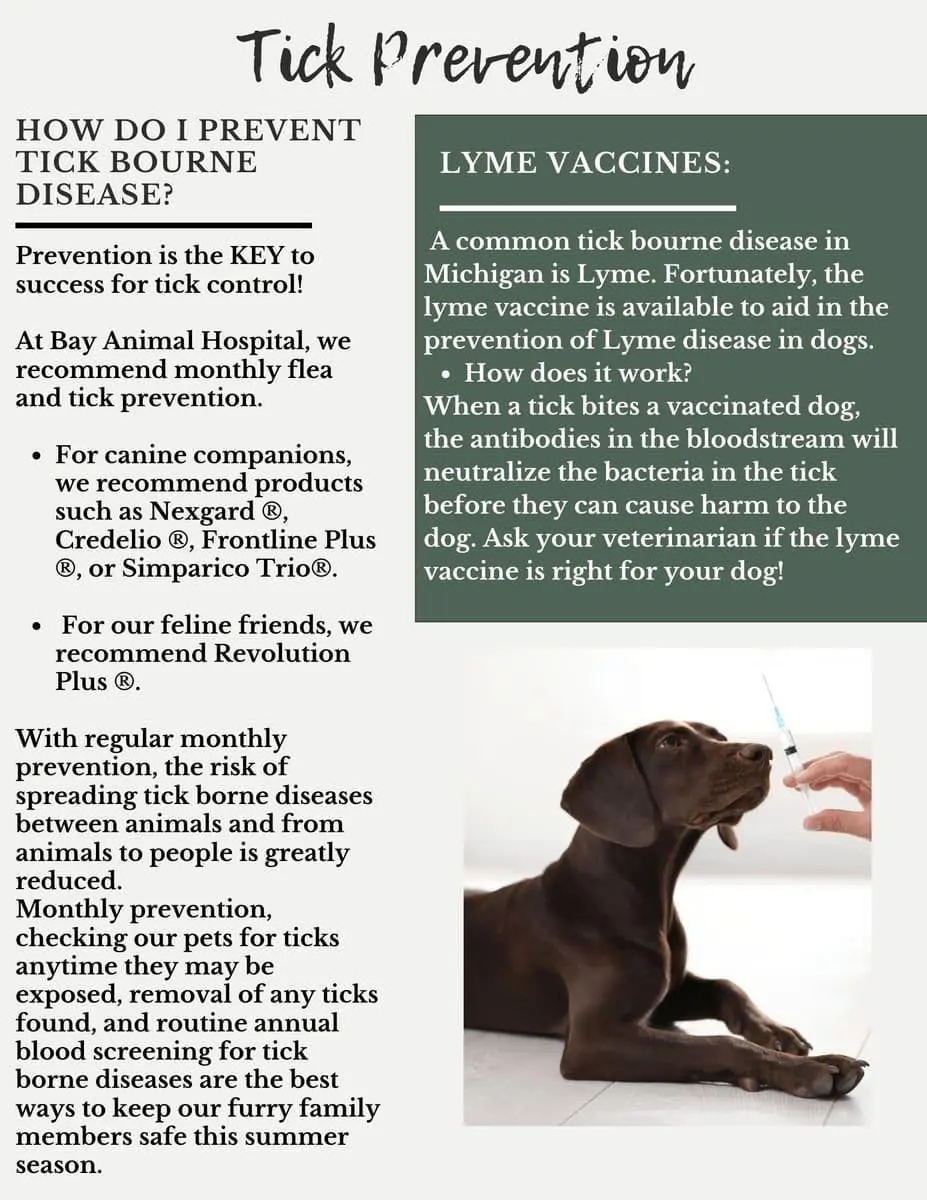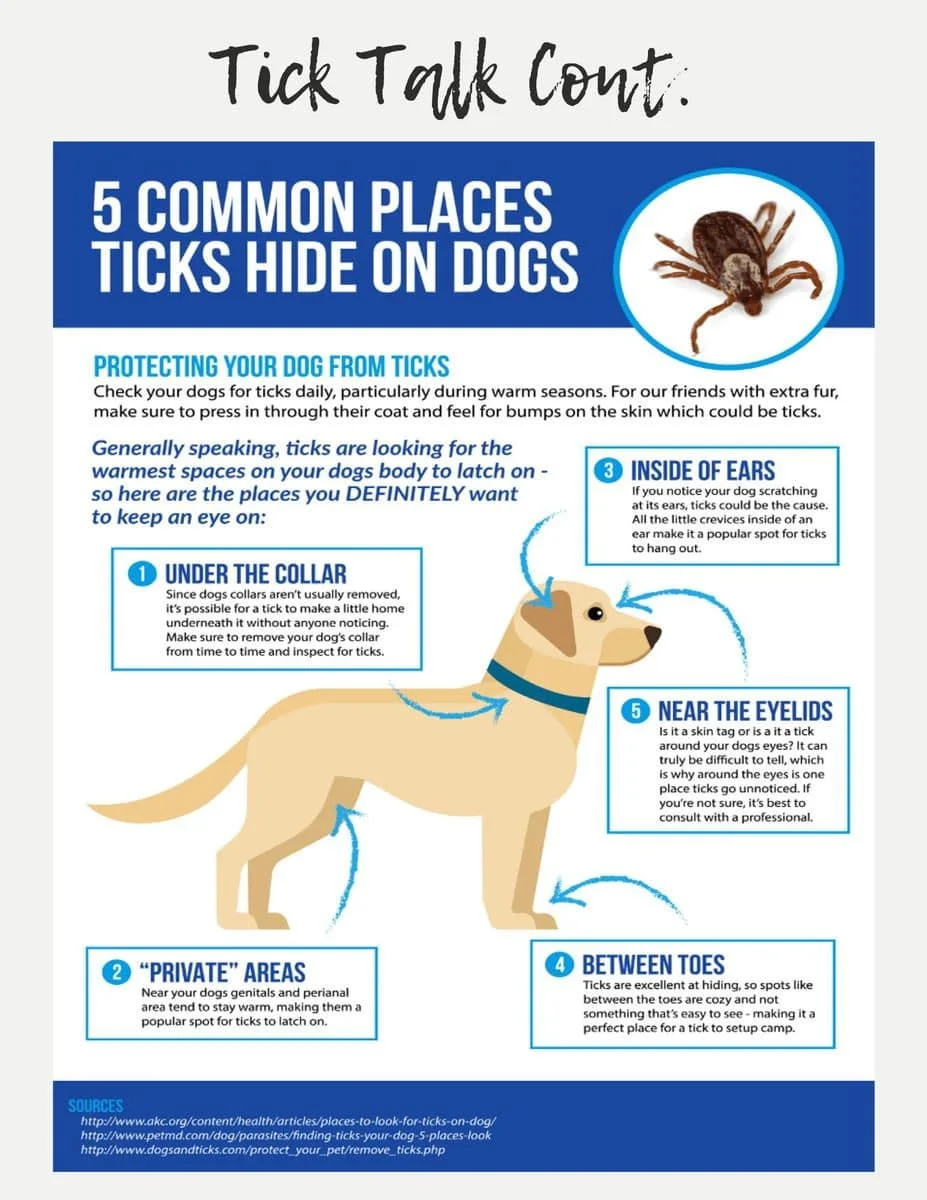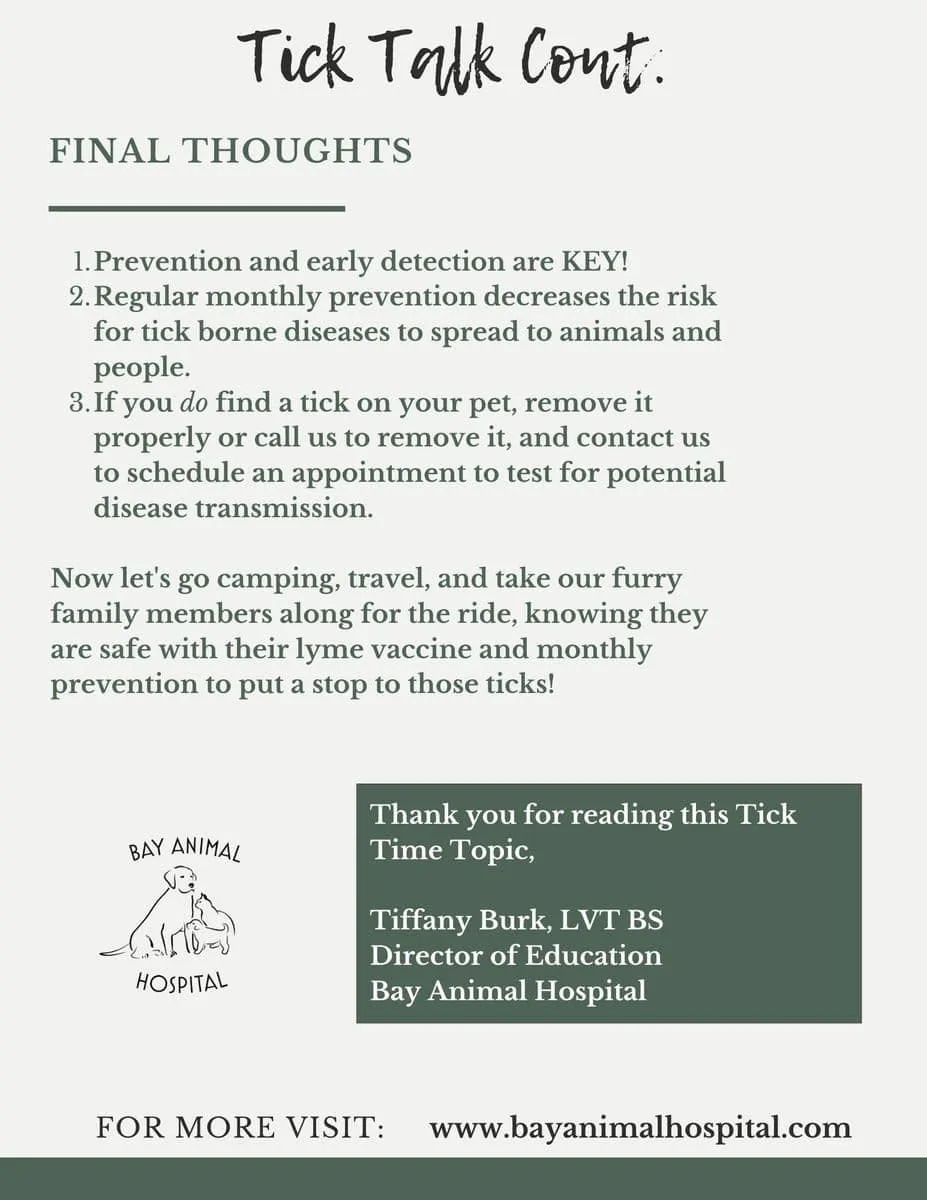- Home >
- Our Newsletters
Deciding on Where to Have Your Pet Spayed or Neutered

- posted: Nov. 18, 2019
Deciding on Where to Have Your Pet Spayed or Neutered
Bruce W. Francke, D.V.M.
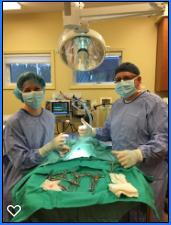
So, you finally did it! After careful consideration and research (hopefully), you added a new furry, four-legged, family member to your household! Congratulations! There are few life events as exciting as bringing home a new puppy or kitten.
There are so many decisions to be made. What will you name your new family member? What will you feed him? What methods will you use to house/litterbox train her? What vaccinations and parasite preventatives will you give? Are you going to spay or neuter your new pet, and if the answer is “yes,” where will you do that? The bad news is that answering some of these questions is a little more complicated than you’d expect. The good news is that your veterinarian can provide information to help you!
When you decide where to get your new pet spayed or neutered, you have two broad categories of places to do this. The first is a low-cost spay/neuter clinic, and the second would be a full-service “regular” veterinary hospital. So why is this decision so hard? After all, a spay is a spay is a spay, right? They are all the same, aren’t they? Just pick the cheapest option, right? Well, it turns out that there can be very important differences in how these procedures are performed from one practice to the next! We will explore some of them here.
First, a word about low-cost spay/neuter clinics. The purpose of this blog is not to paint these clinics in a bad light. Low-cost spay/neuter clinics provide a valuable service to society. By getting lots and lots of animals surgically sterilized, they perform a critical function in controlling the pet population and reducing euthanasia of unwanted and homeless pets. That’s a good thing! Just like any hospital, there can be a big difference in the quality of service provided from one low-cost clinic to the next, so it’s up to you as a pet parent to ask the right questions and make the best decision.
To give you more perspective about the actual price of your pet’s surgery, a hysterectomy in a human being can have a total patient cost between $30, 000 to $60,000 and sometimes more! In your dog, it typically will cost between $100-$500, so you can see that even the more expensive range is a relative bargain! This is because veterinarians know that we are providing a valuable service to society in performing these procedures, so we intentionally keep the price artificially low, sometimes below the hospital’s actual cost. In the case of low-cost clinics, a substantial portion of your pet’s surgery is likely paid by benefactors who donate money to subsidize the cost.
What are some questions you may want to ask when you making this decision?
Where will the procedure be performed?
In the low-cost scenario, depending on your location, your pet may need to be transported to and from whatever city is home to the clinic. Are you comfortable with this? With your primary vet, you would admit your pet at your preferred local veterinary hospital and into the hands of the team you already know and trust.
How many procedures are performed each day in the clinic? By each doctor?
Many times, low-cost clinics may perform 30-50 procedures per day! This understandably can put pressure on the surgeon to work quickly and can make it hard to monitor all of the recovering patients closely. At our hospital, we work on one patient at a time, getting them all the way through to recovery before working on the next patient.
Is pre-anesthetic bloodwork offered/required?
You’d be hard pressed to find a human hospital that would perform surgery on you without screening tests. Screening patients before surgery for common conditions involving major organ systems helps us avoid unpleasant surprises in the operating room and also allows us to catch important disease early.
Does your pet receive a physical exam before the procedure, on their surgical day?
This ensures that we are not performing anesthesia on a sick pet, which is a very important step.
What is the pain management protocol?
Pain management should be used before, during, and after surgery. If there is not a plan for this, consider it a red flag! There are no good excuses for not controlling pain.
What type of maintenance anesthesia will be used?
Injectable anesthetic drugs are cheaper and quicker, making them a favorite of many low-cost clinics. Injectables may be completely appropriate for very short procedures (i.e. cat castrations), but inhalant anesthesia delivered through a breathing tube in the airway is generally safer, allowing rapid changes in the plane of anesthesia during the procedure and allowing the team to breathe for the patient if necessary.
Will an intravenous catheter be used during the procedure?
This provides a very important route to administer emergency drugs and IV fluids directly into the blood stream if needed.
Who will monitor your pet’s anesthesia?
Is this VERY important function done by the surgeon themselves, a trained assistant, or a Licensed Veterinary Technician who has formal training in veterinary anesthesia? All of our patients are monitored throughout their procedure by a LVT, and a trained Veterinary Assistant helps with many other functions so the doctor and the LVT can keep their attention on the patient.
Is there electronic monitoring of the patient during the procedure?
Setting up monitors takes time. Low-cost clinics often have very basic patient monitoring protocols. What parameters are being monitored? Our monitors keep track of Oxygenation, Carbon Dioxide level, Electrocardiogram, Core Body Temperature, and Blood Pressure, helping our Licensed Veterinary Technician detect if there is a problem during anesthesia.
What measures are used to ensure that your pet stays warm and comfortable during and after their procedure?
Studies have shown that one of the main risk factors in anesthesia death is the patient’s body temperature dropping. At our hospital, we use a combination of heated surgery tables, blankets, Bair-Hugger patient warming systems, and IV fluid warming systems to ensure maintenance of a safe body temperature. We also pad pressure points on the surgery table for large patients so they don’t wake up with sore spots. Patients are recovered in padded cages with blankets and other warmers as needed.
What measures are taken to ensure that a sterile environment and surgical supplies are used for each patient?
Does the surgeon re-scrub for each patient? Is a new, sterile pack of surgical instruments used for each patient? Are new, sterile surgical supplies, such as suture material, used for each patient? All of these things cost considerable money, so it’s worth asking what the procedure is.
Is there a plan to deal with unforeseen problems that may be discovered during surgery, so the patient doesn’t have to go through another procedure?
These might be things like hernias that need to be repaired, retained baby teeth that have not fallen out, and others. It takes extra time to do these things. Time that a low-cost clinic may not have. Taking care of these issues at the time of surgery can eliminate the need for additional anesthesia later on.
If you have a complication after the surgery, who do you call to deal with that?
Sometimes the low-cost hospital will be far away, or unavailable if you have a complication, necessitating a trip to your local veterinarian or emergency hospital and additional exam fees.
Is your pet a higher-risk case, such as a large or giant breed dog, a brachycephalic (pushed-in nose) breed, pregnant, or having a history of a pre-existing medical condition?
The Low-cost, high-volume clinic is usually not the best option for these types of cases.
What other “extras” or advantages does the hospital provide for your pet?
At our hospital, routine spays and neuters are normally performed by CO2 surgical laser, which reduces bleeding, pain, and infection risk at the incision site. We also include a day of hospitalization after the procedure, in the price. These types of things are usually unavailable from low-cost clinics.
Whew! That’s a lot to think about when you decide which hospital to trust for your pet’s surgery! At Bay Animal Hospital we realize that your pet is a family member, because it’s like that for us too! We consider this in everything we do for your pet and our own! It is our hope that this blog will help you think about some of the things you should consider at this important time. Congratulations on your new pet! We look forward to helping you with his or her needs for years to come!
Location
Find us on the map
Bay Animal Hospital
637 West Center Road
Essexville, MI 48732, USA
Hours of Operation
7:30 am - 5:30 pm
7:30 am - 5:30 pm
7:30 am - 5:30 pm
7:30 am - 5:30 pm
7:30 am - 5:30 pm
Closed
Closed












































